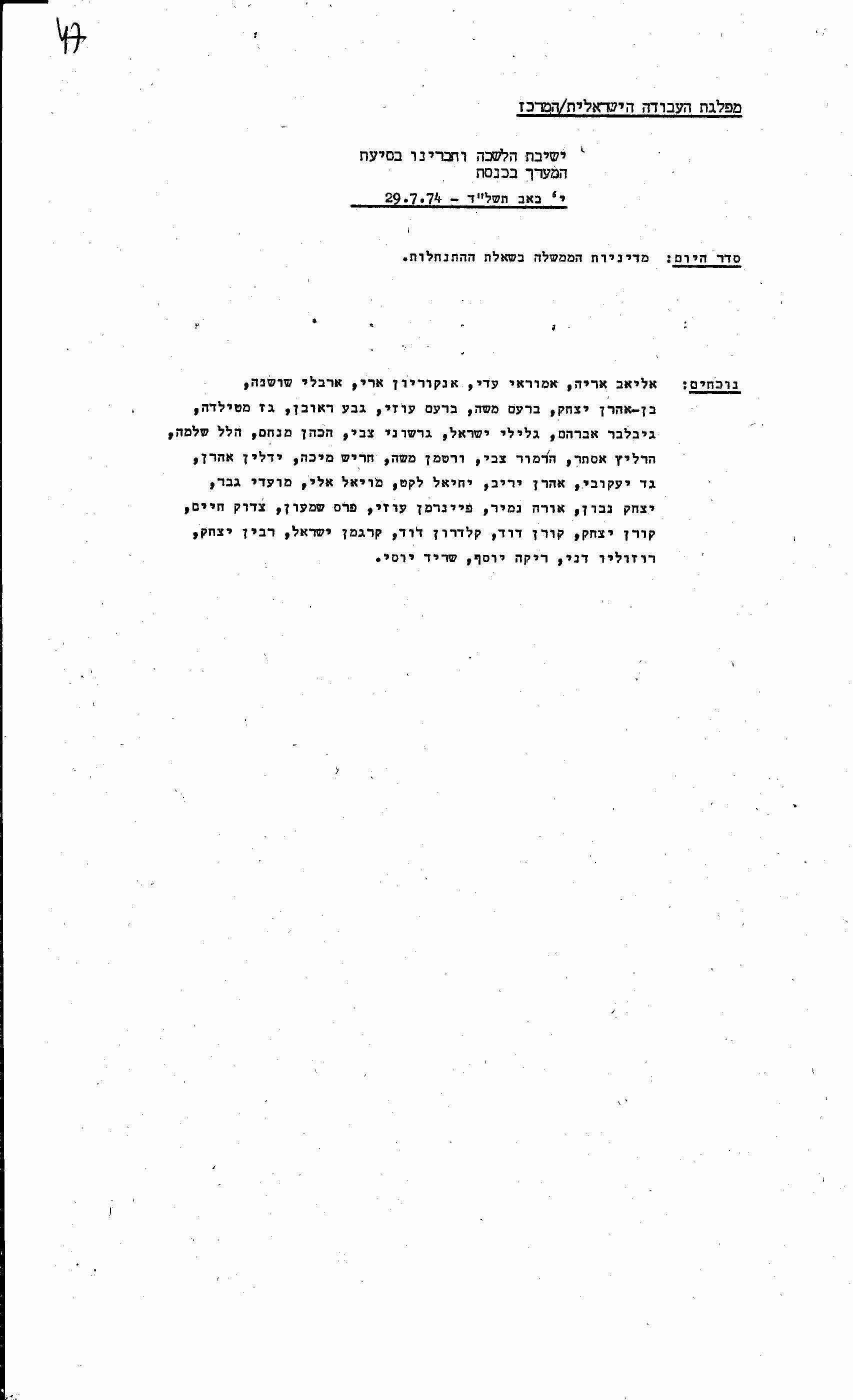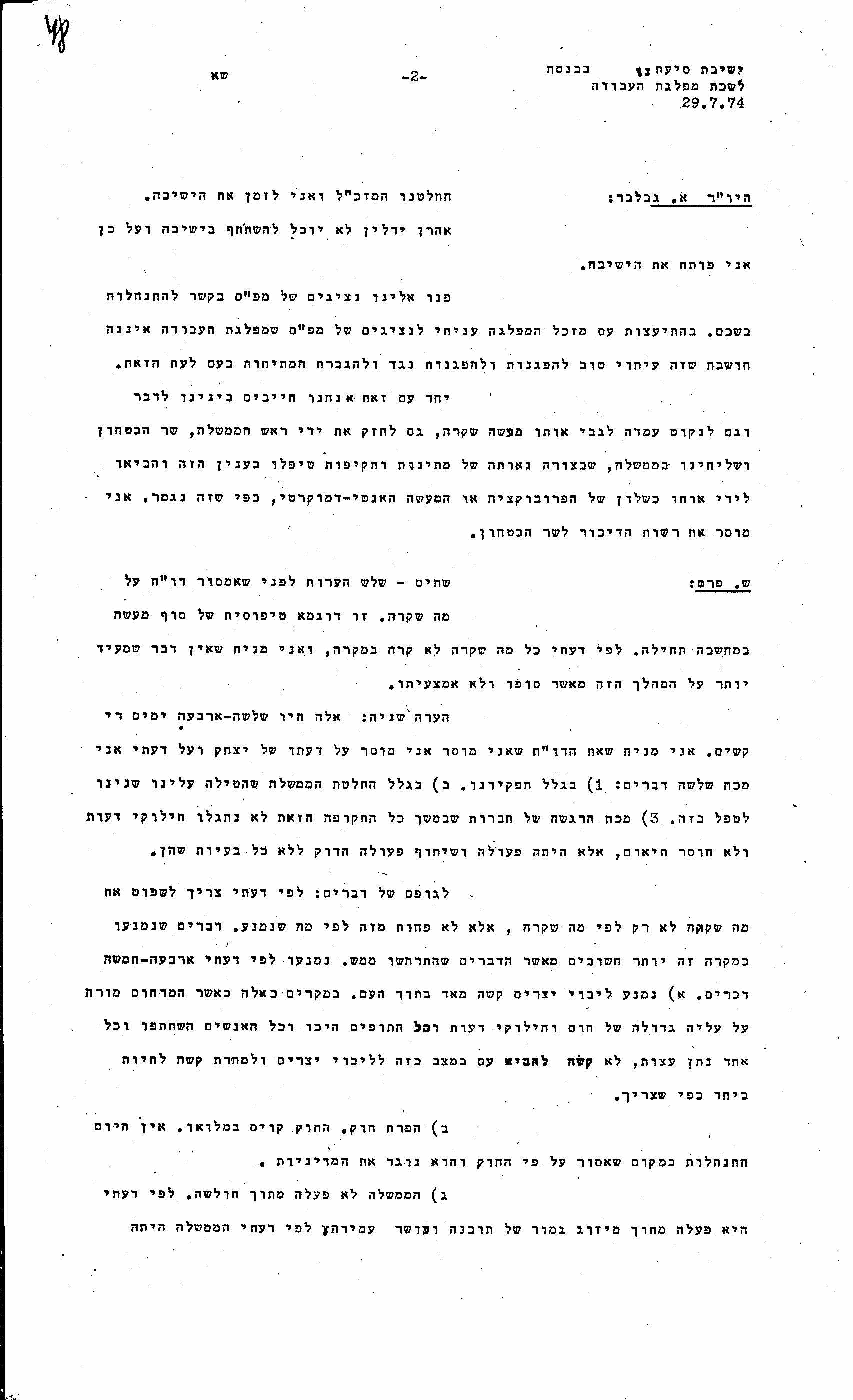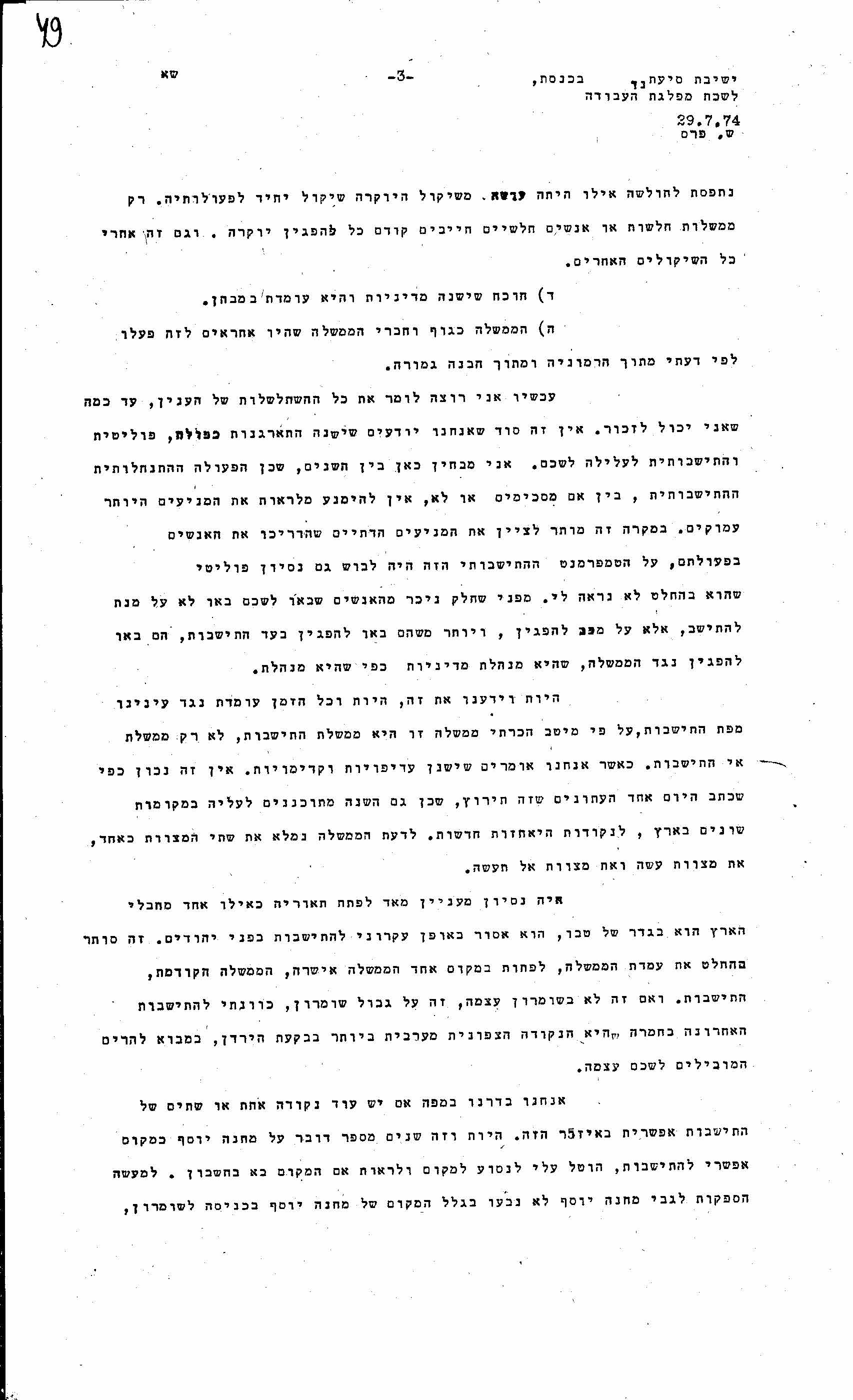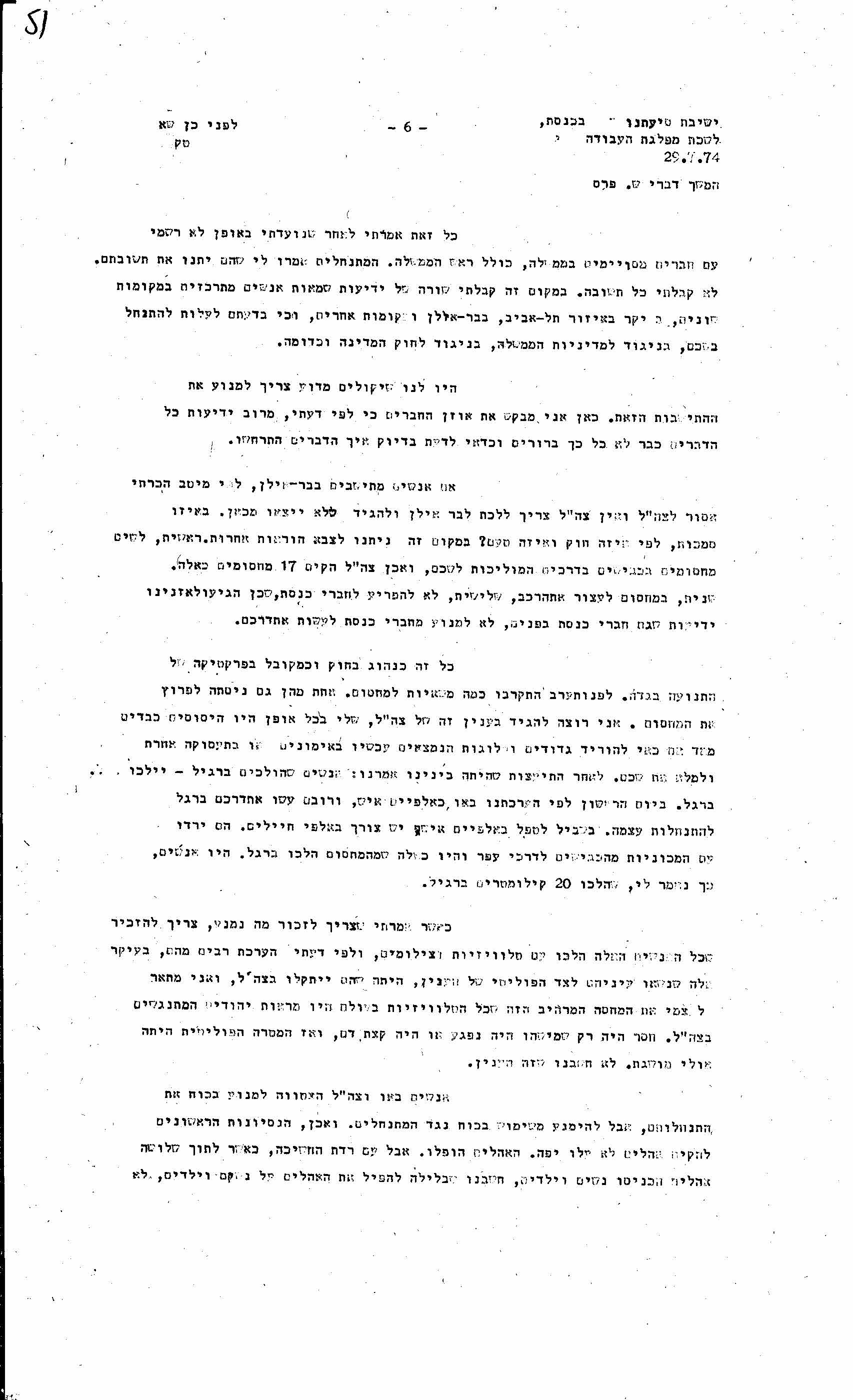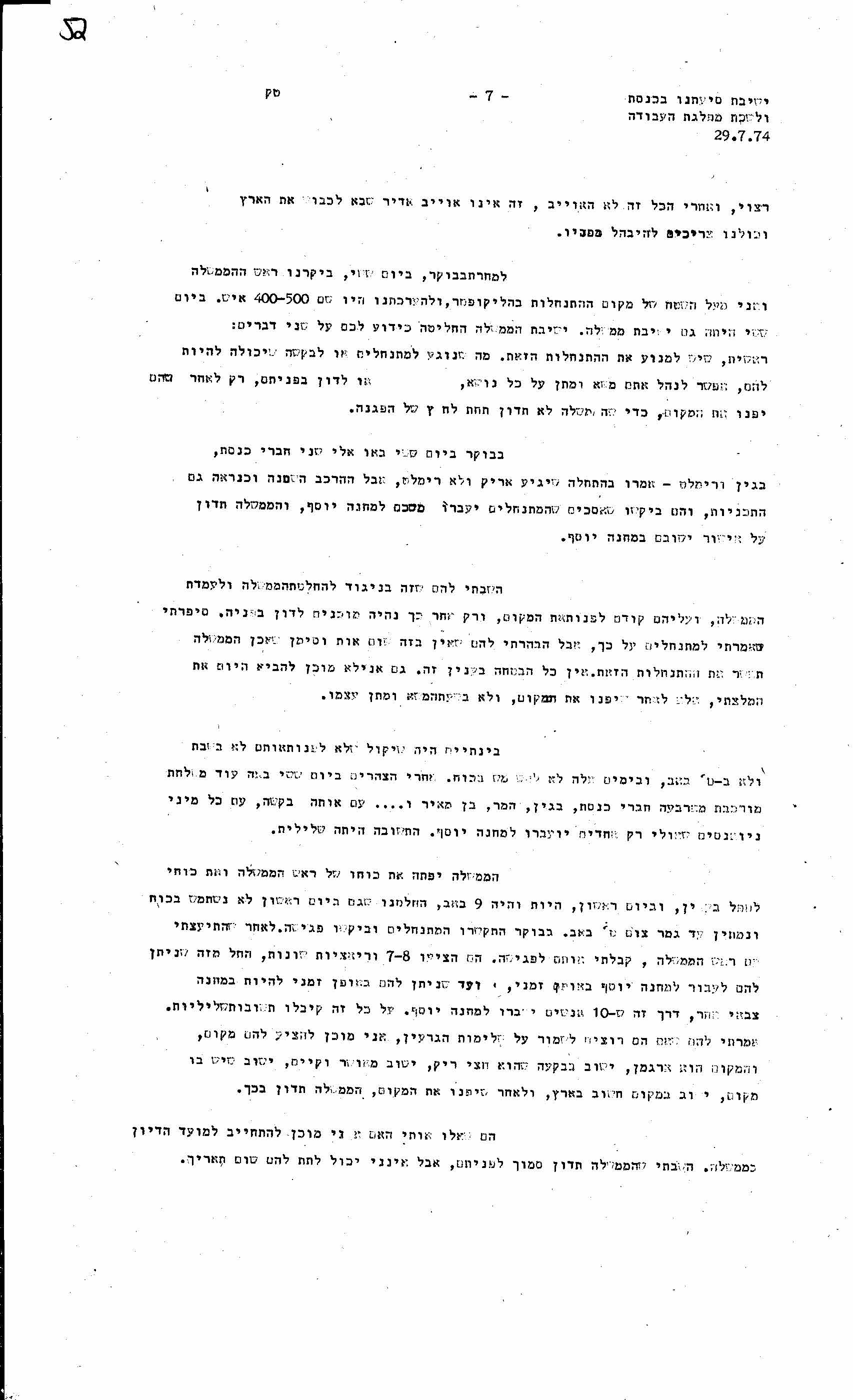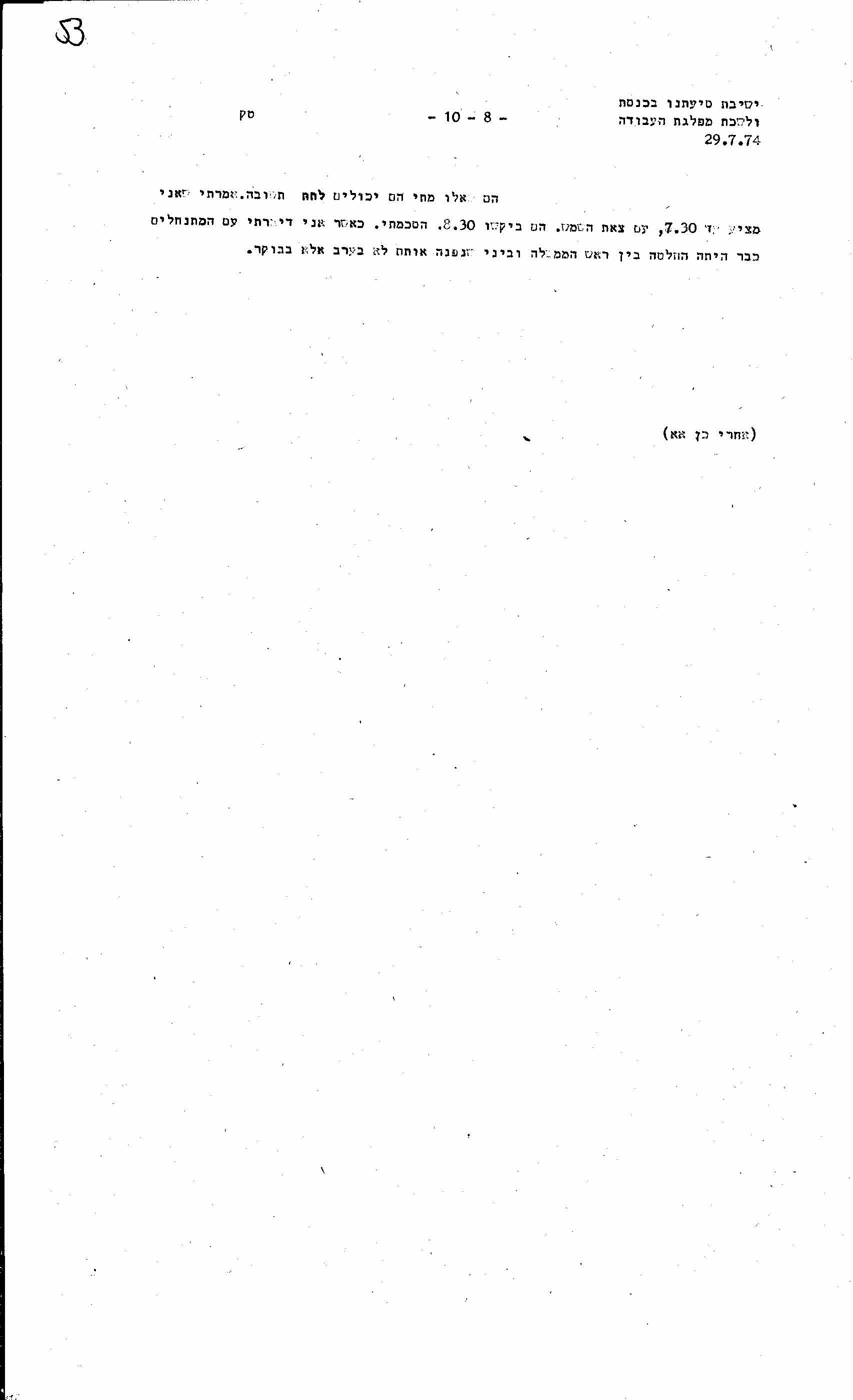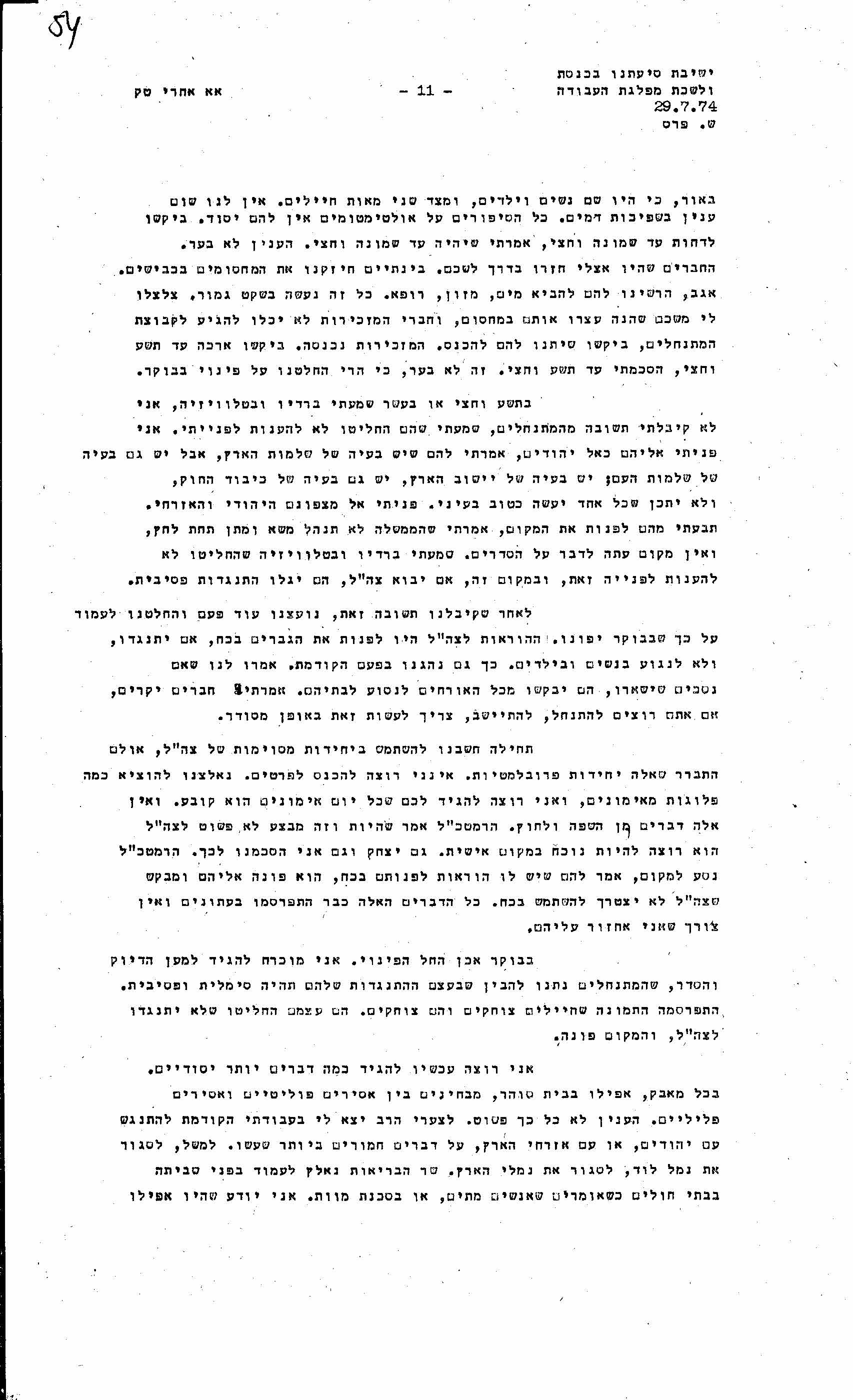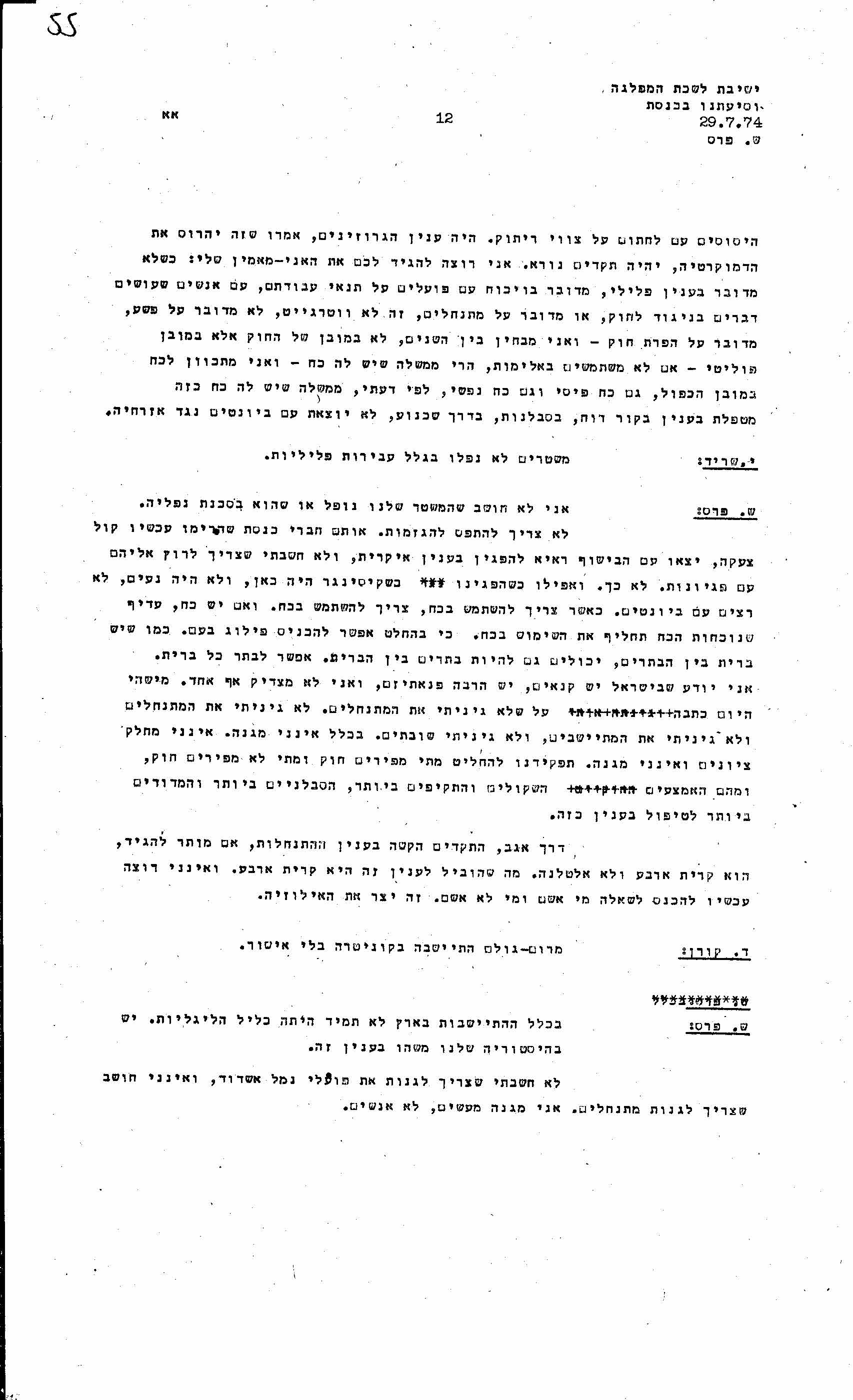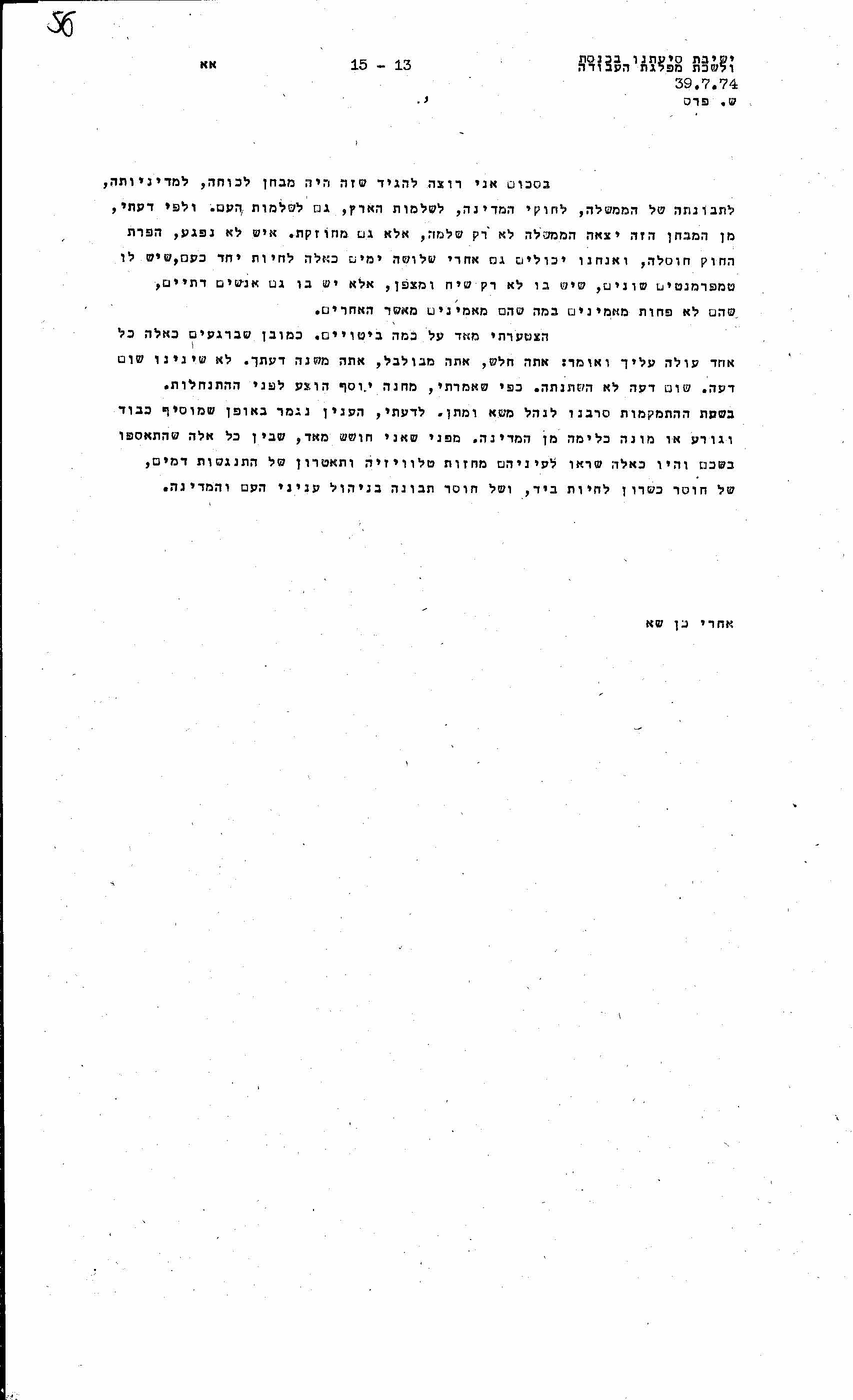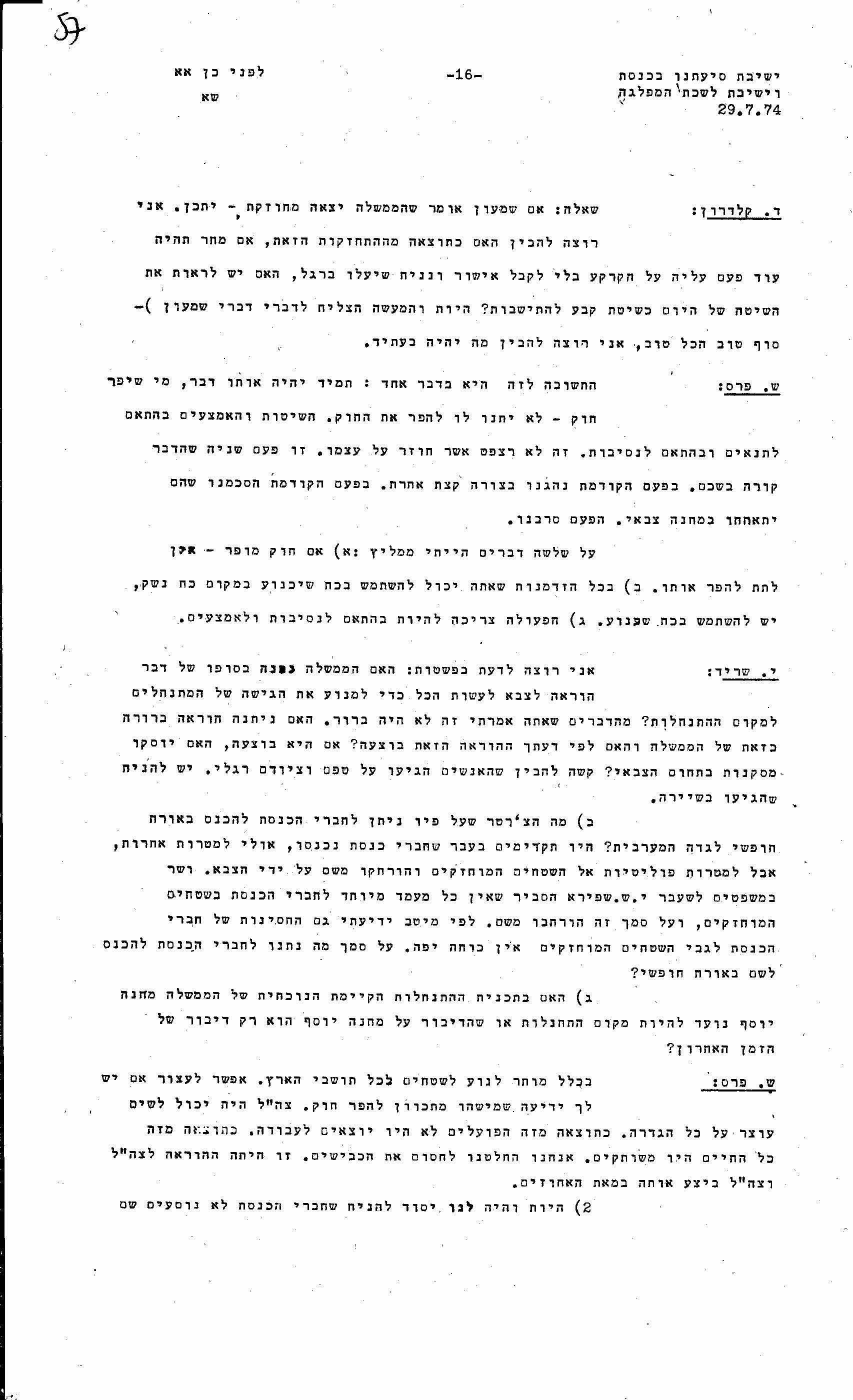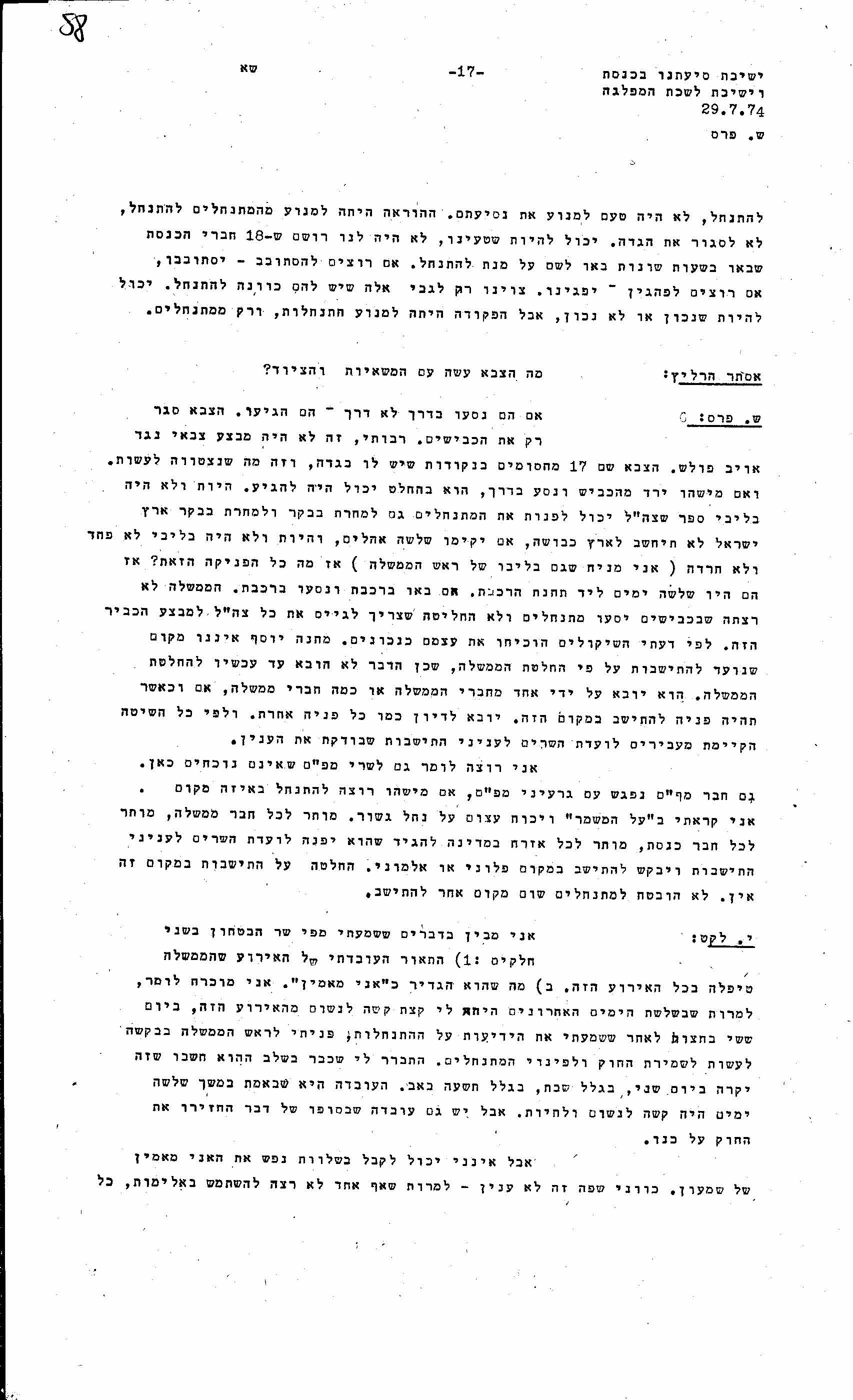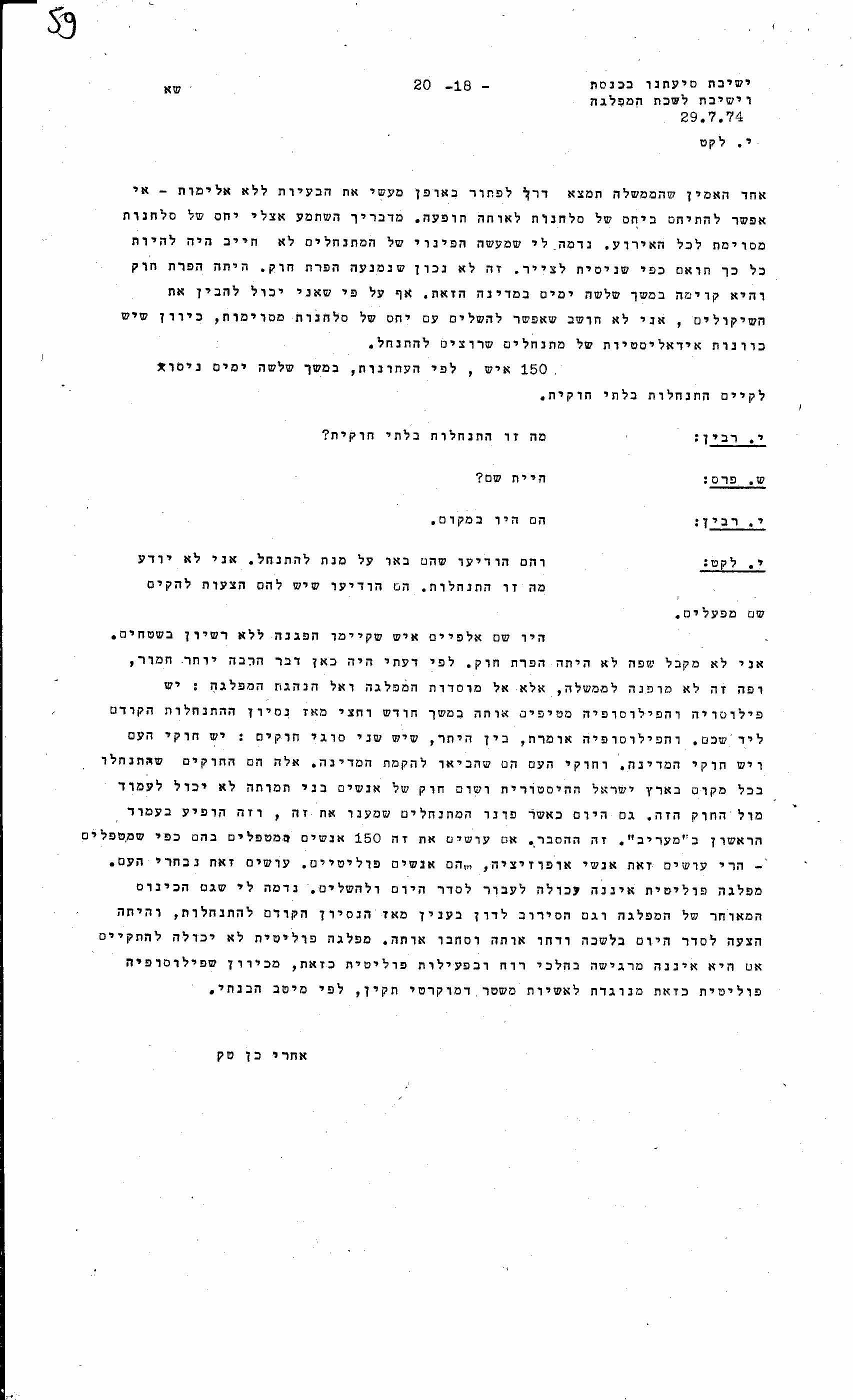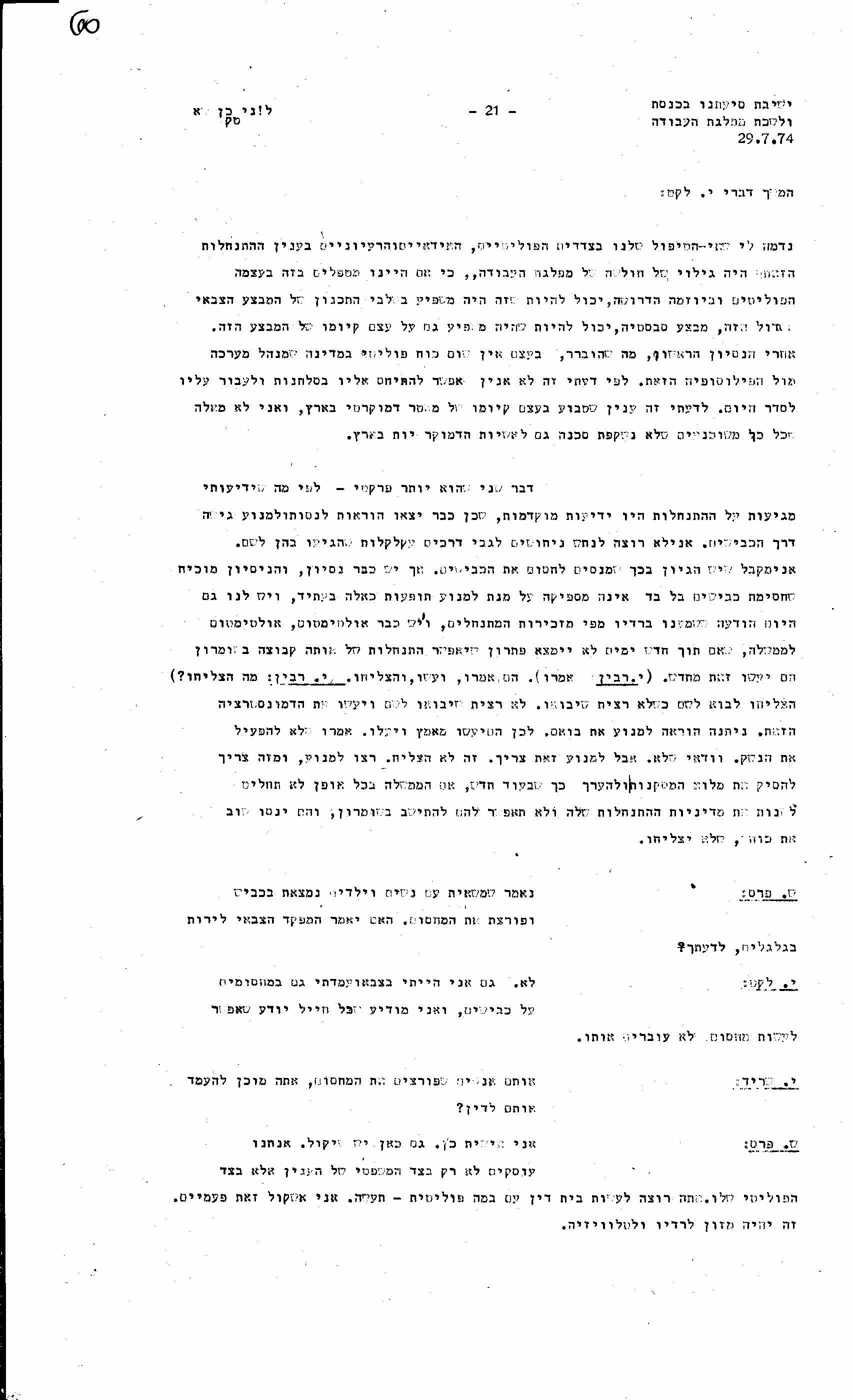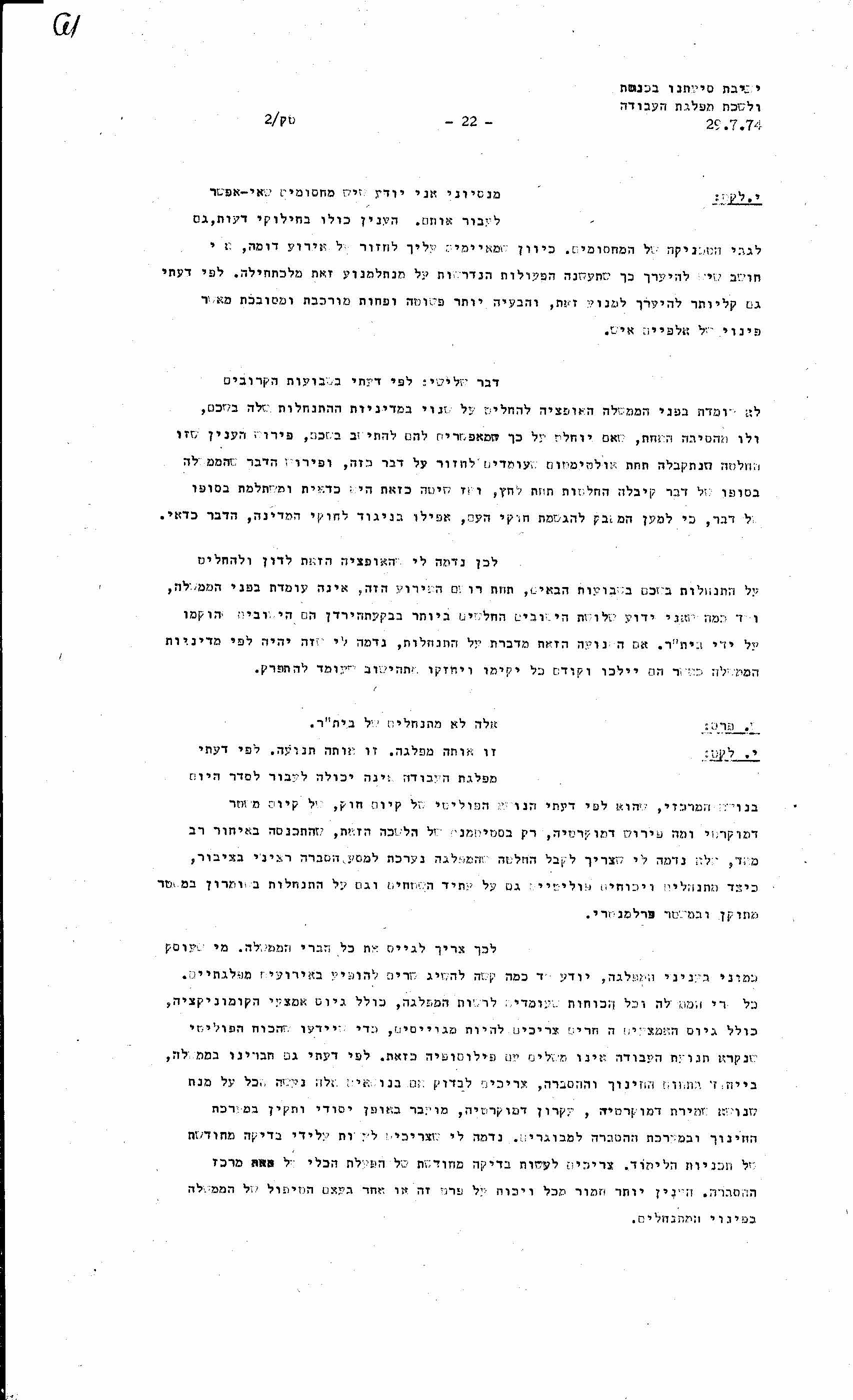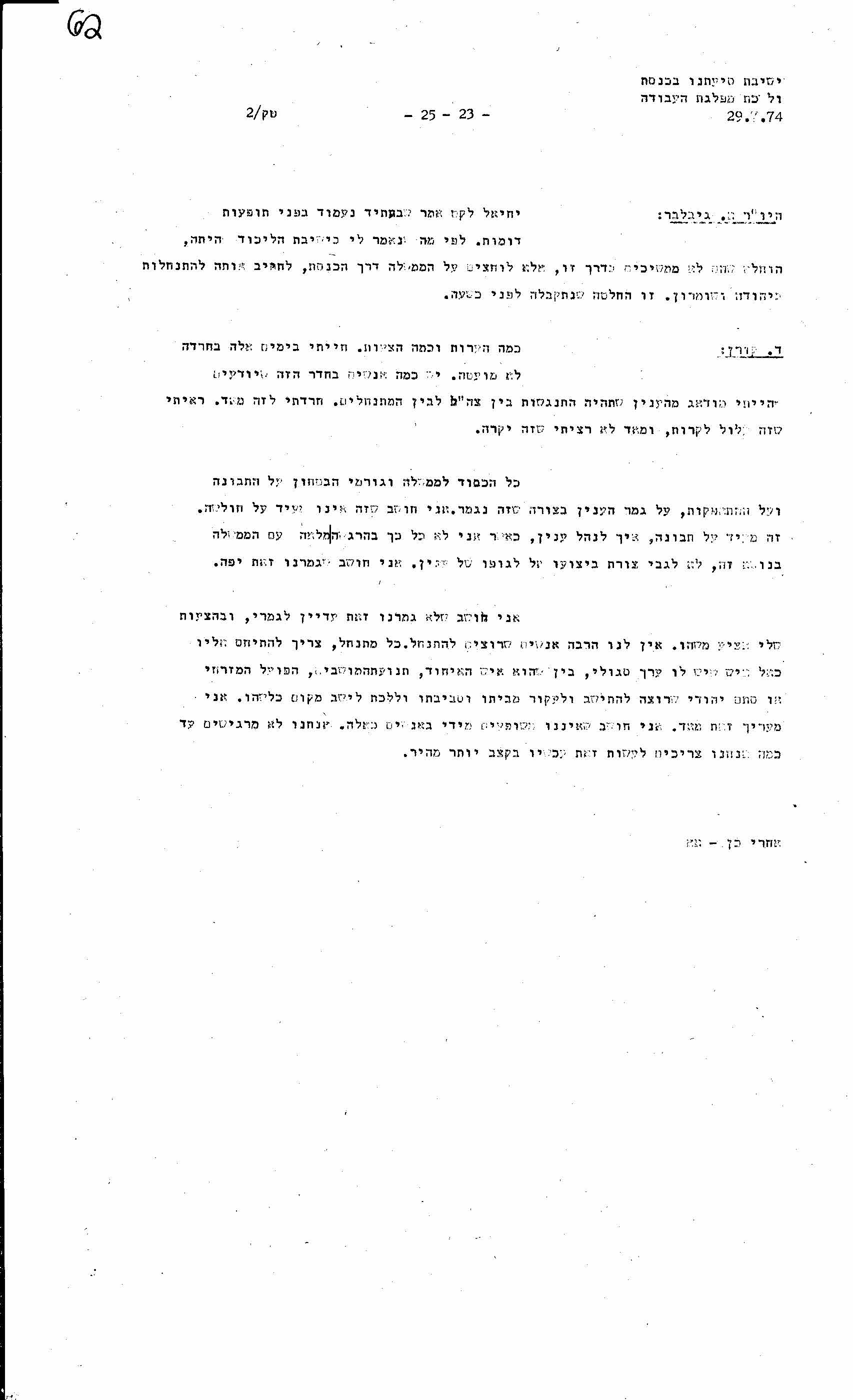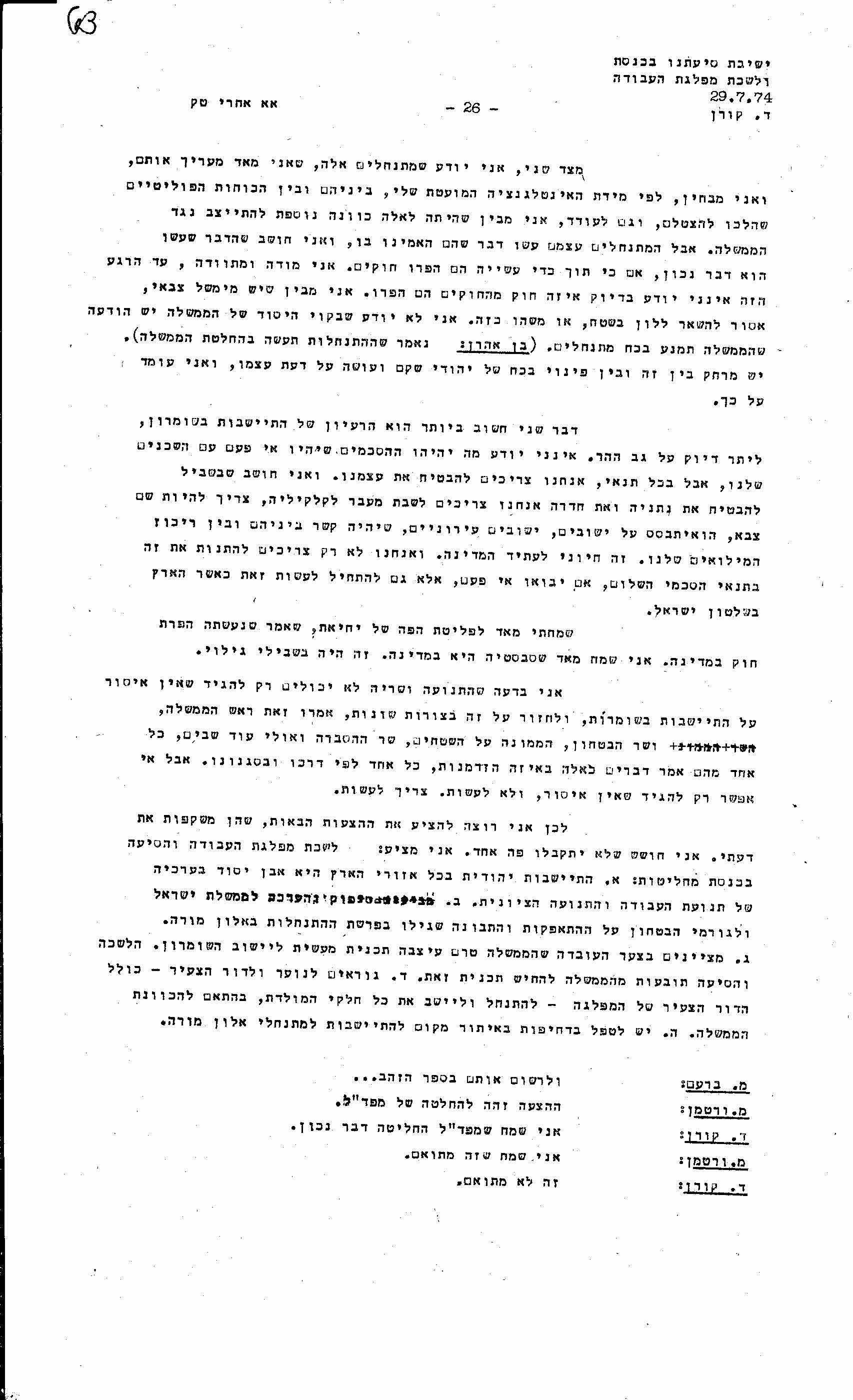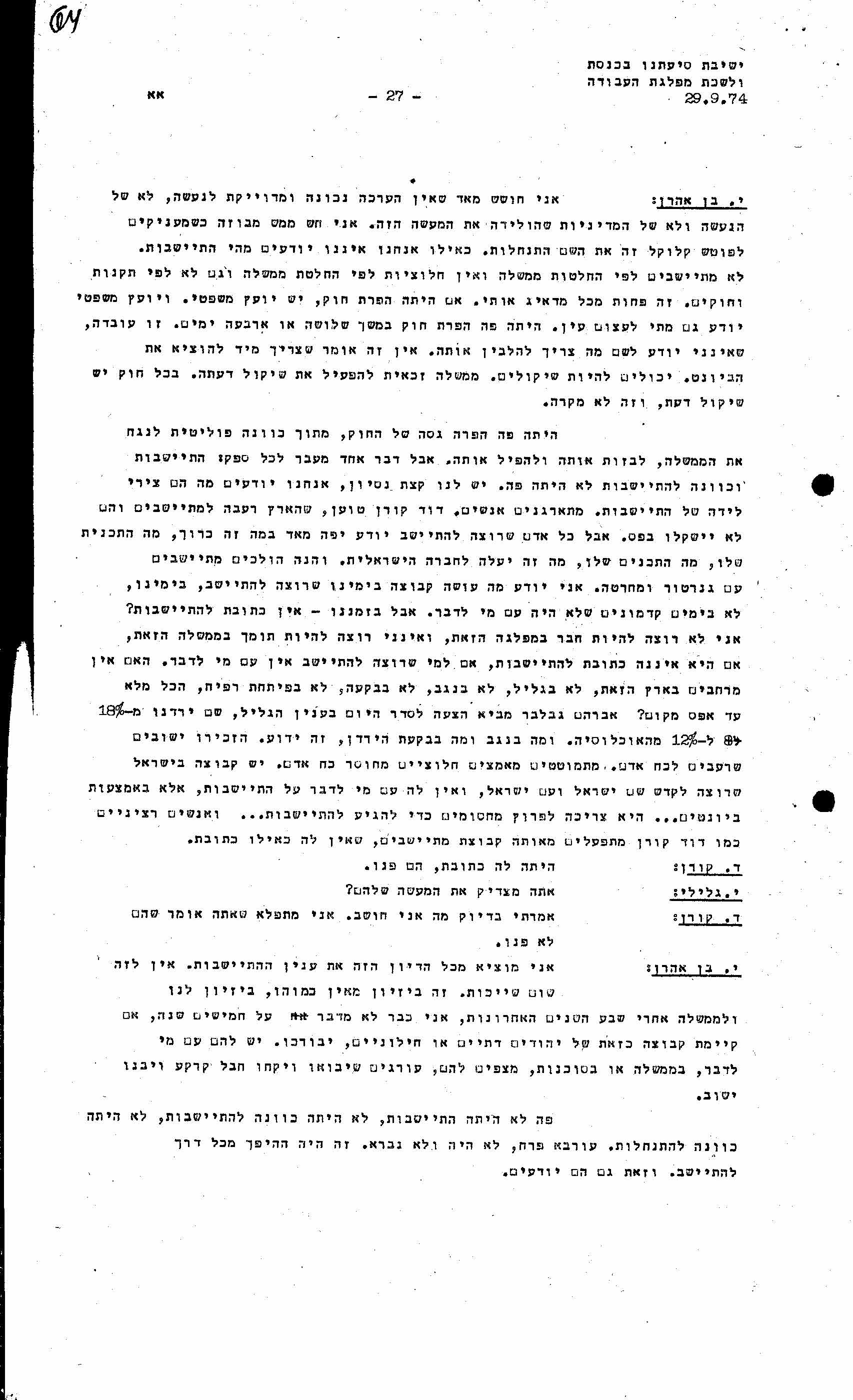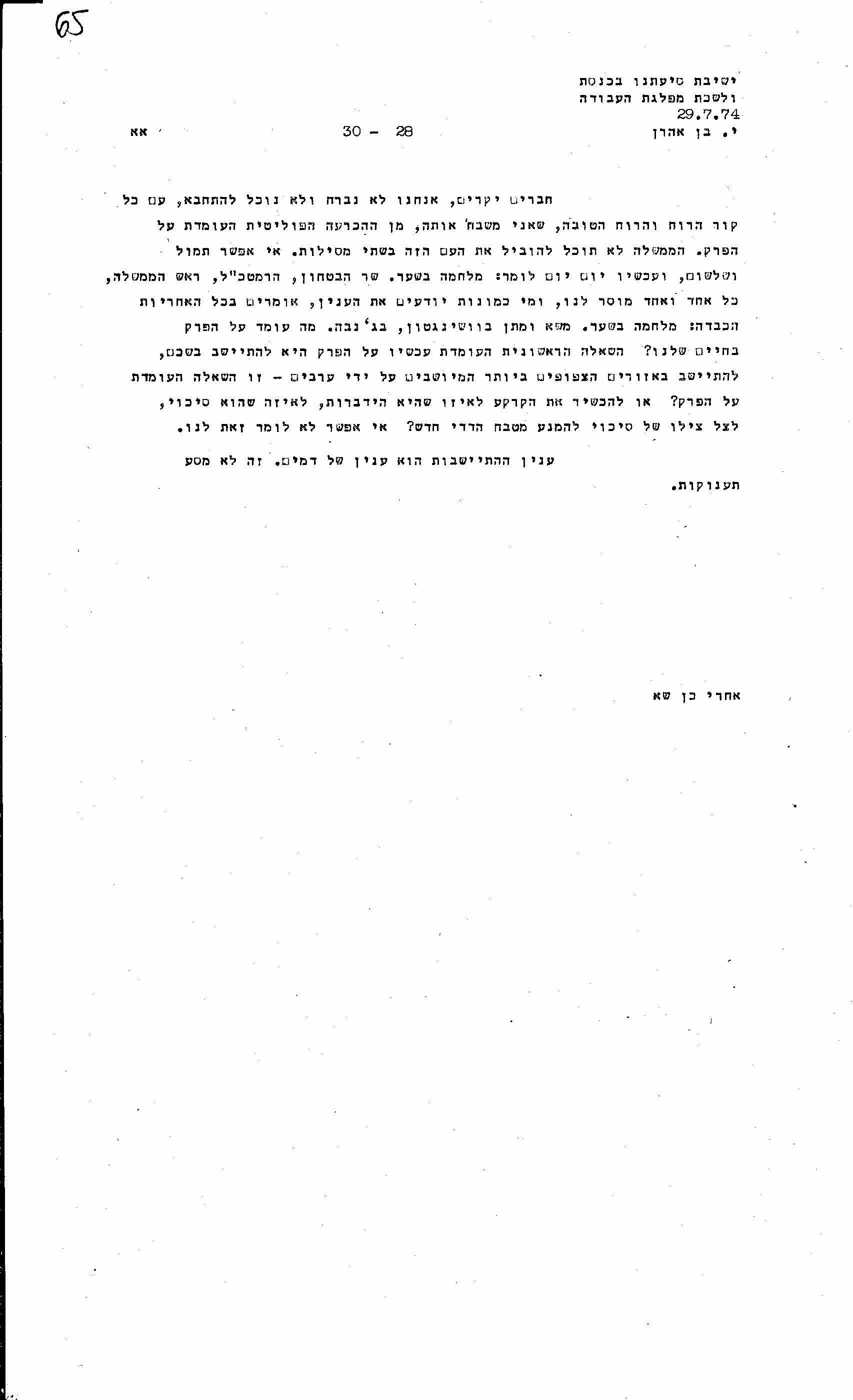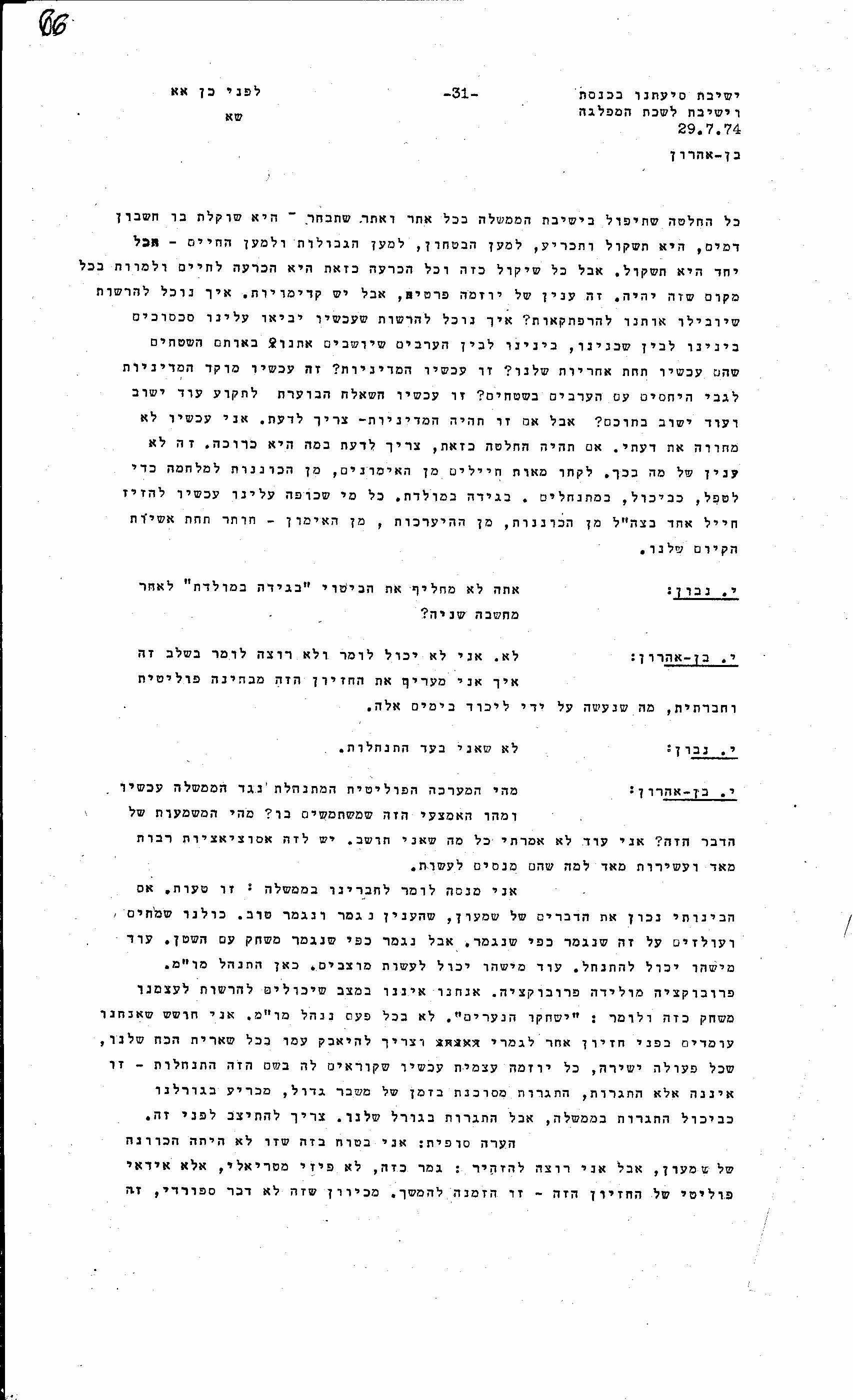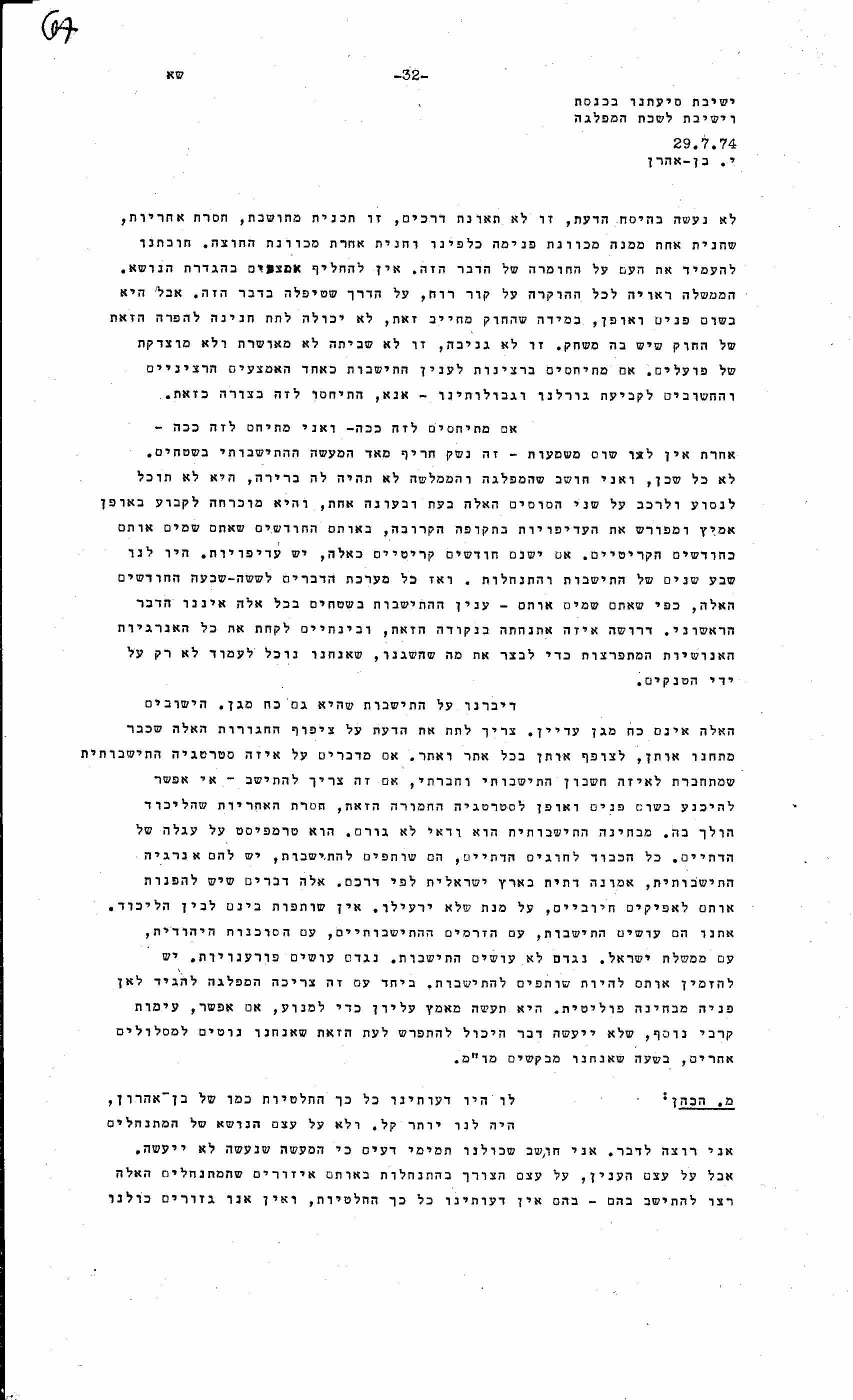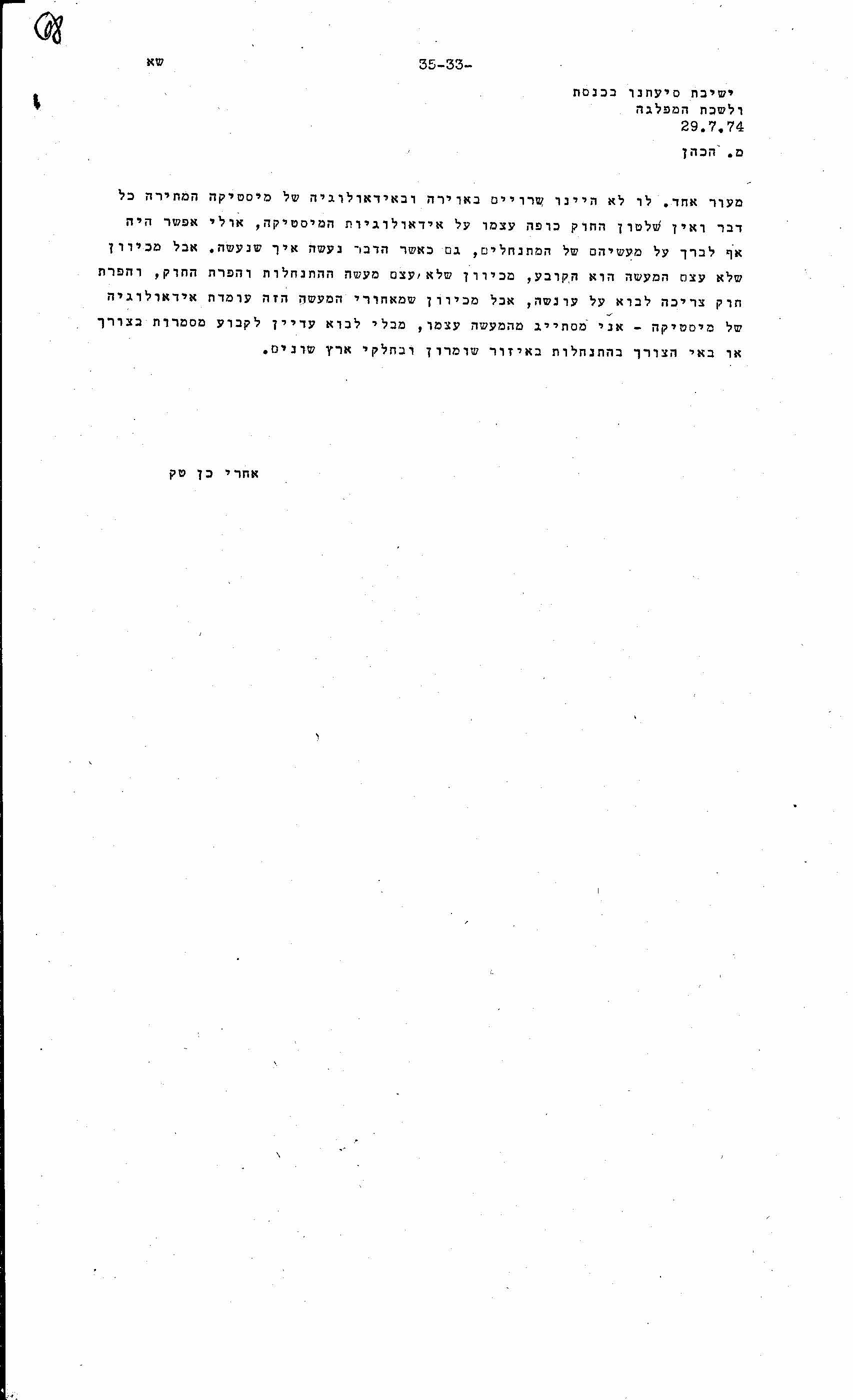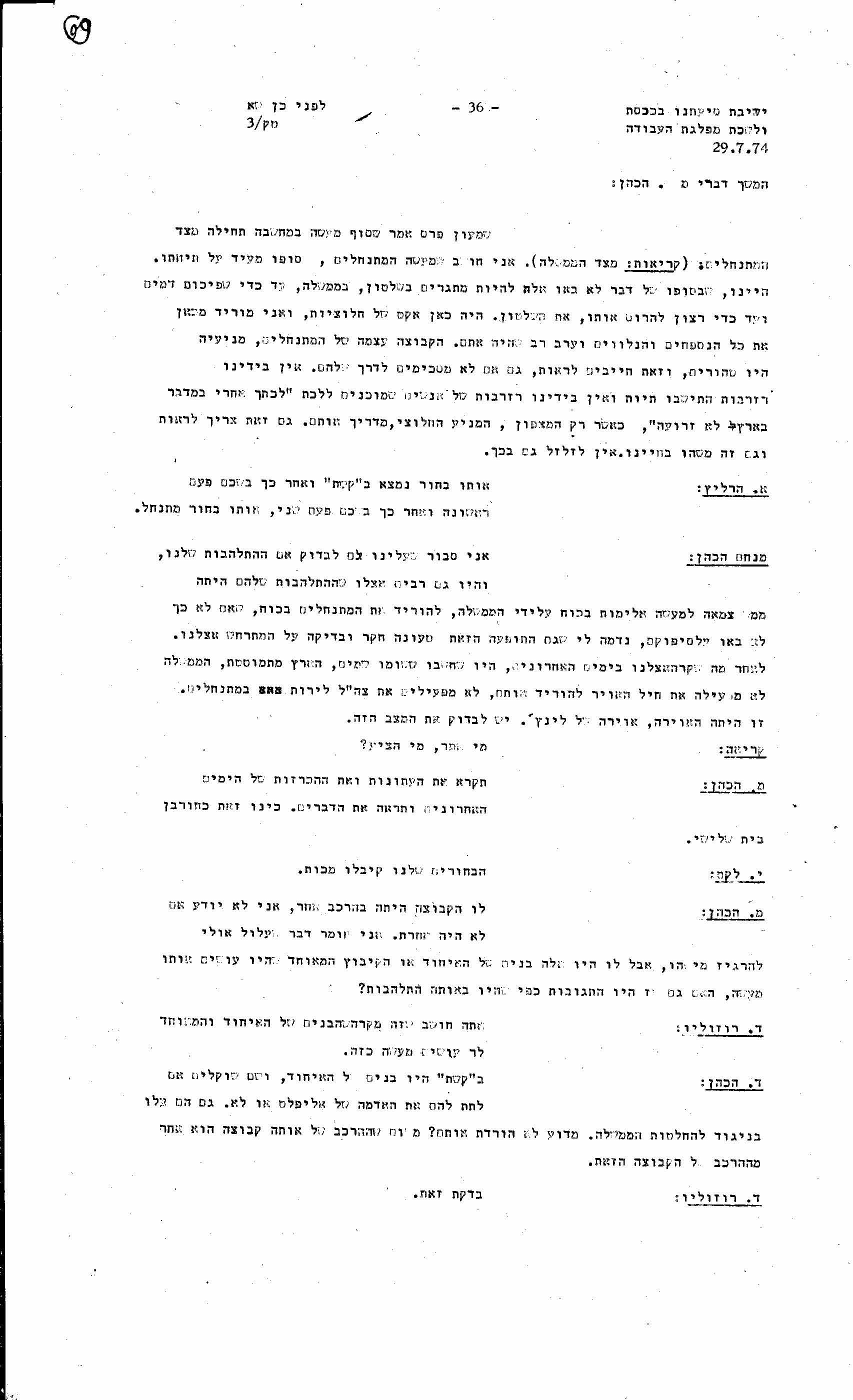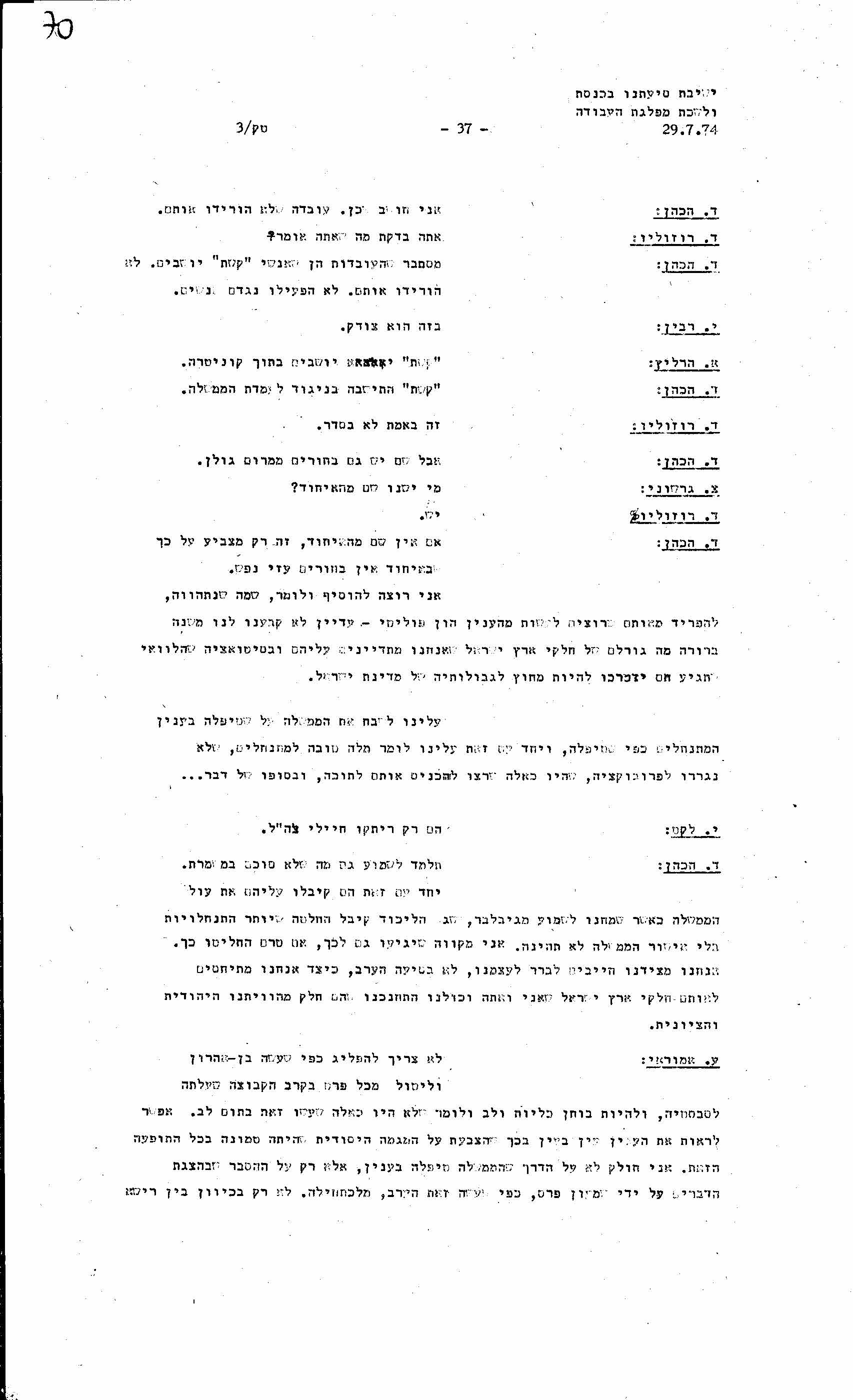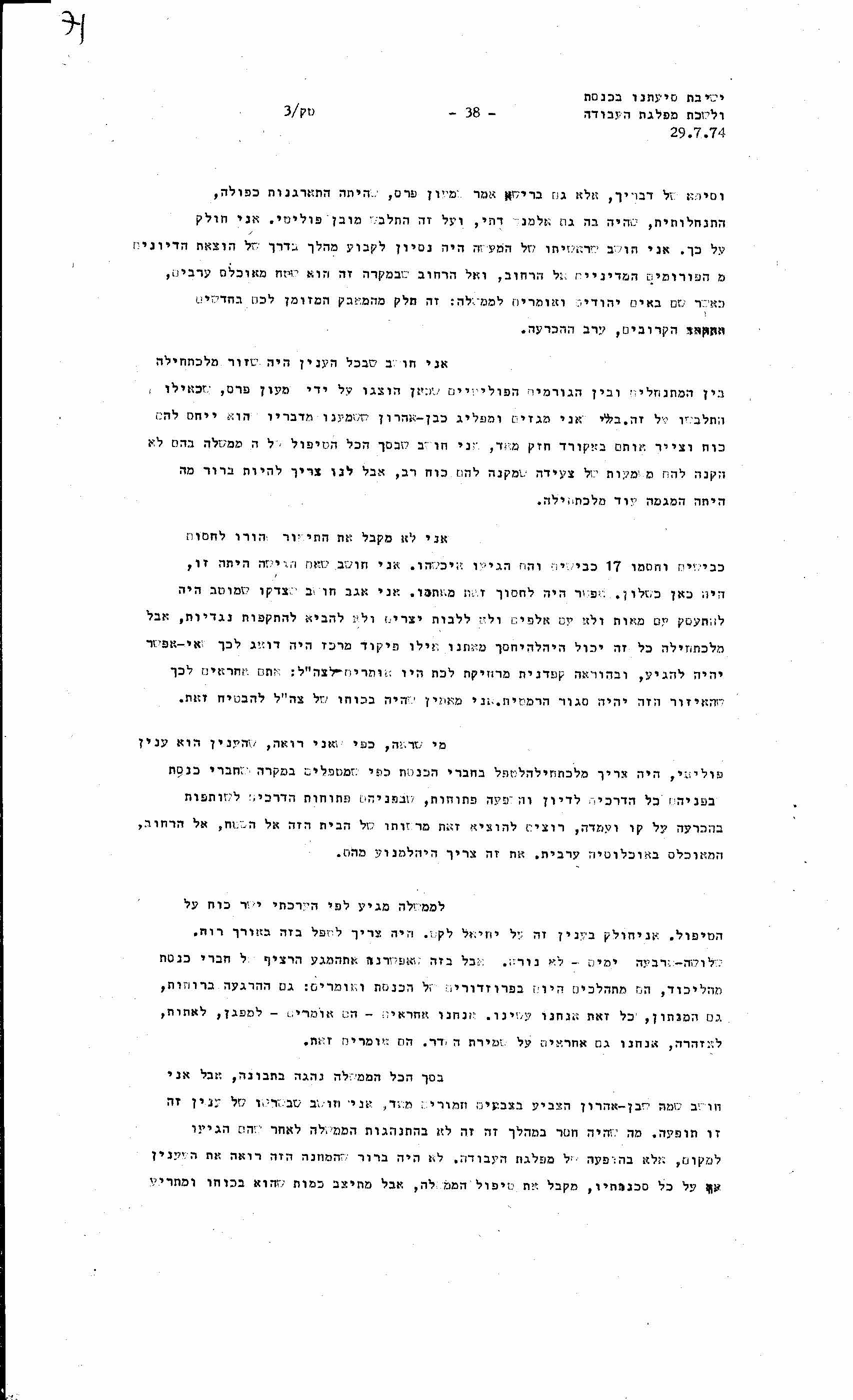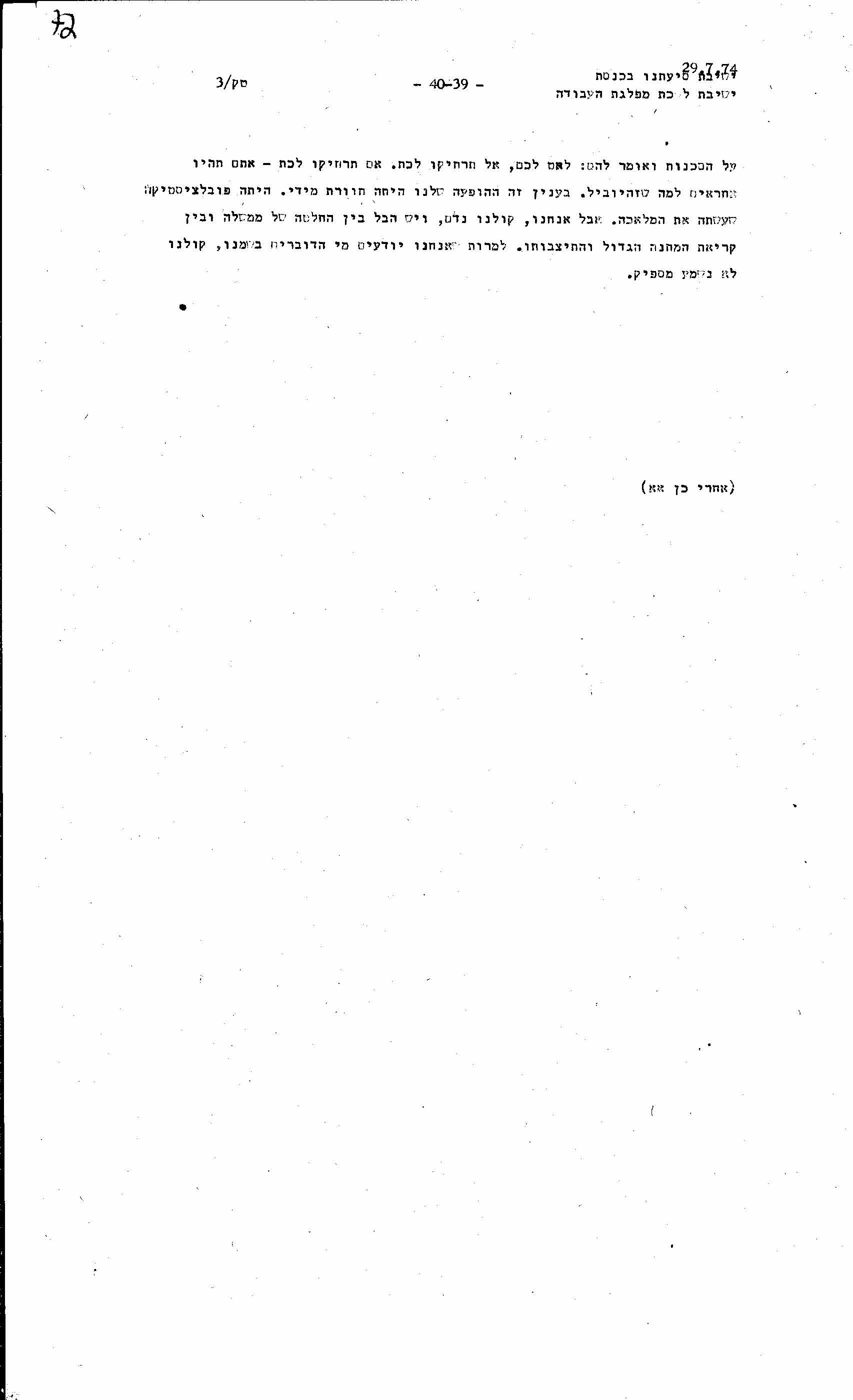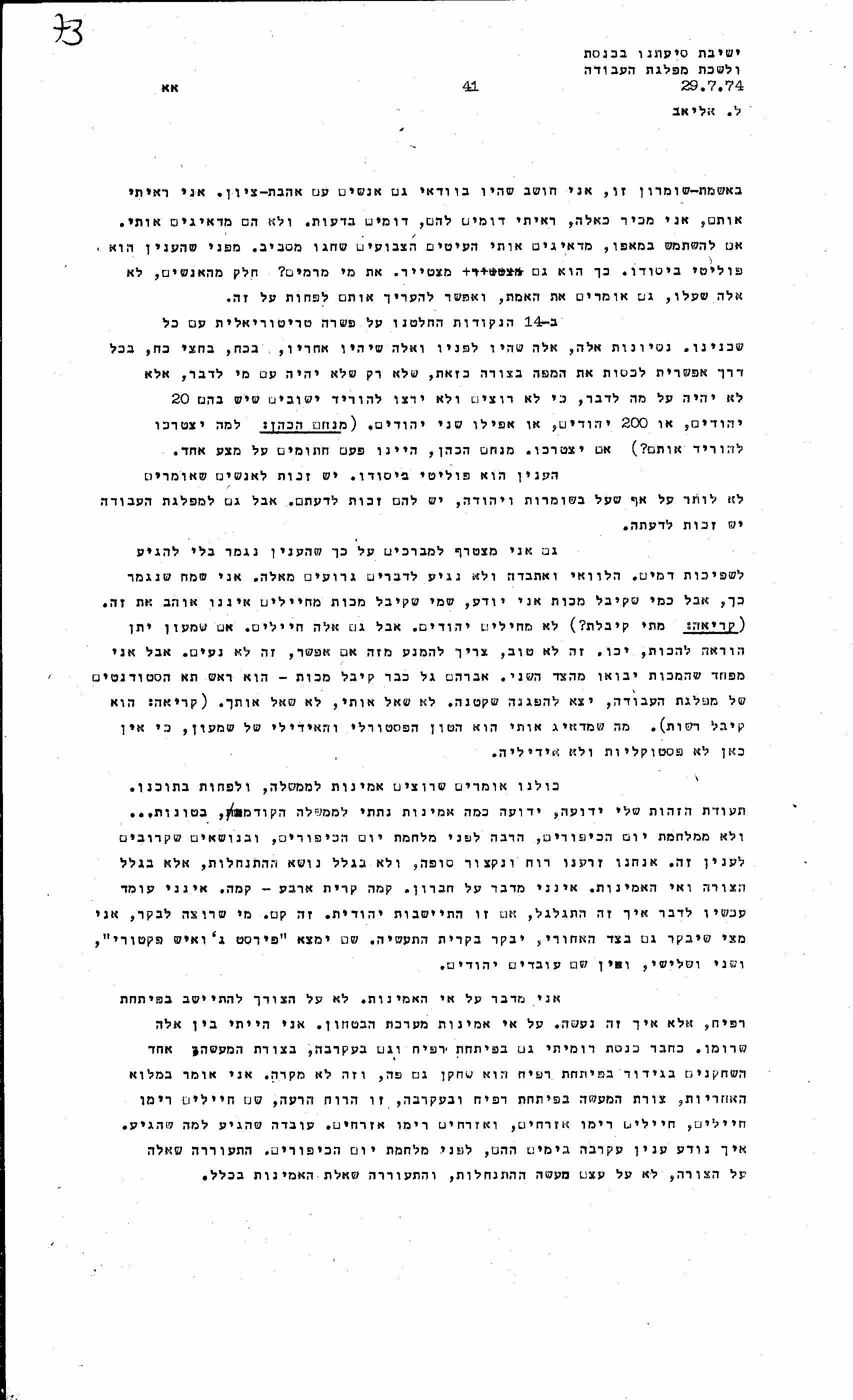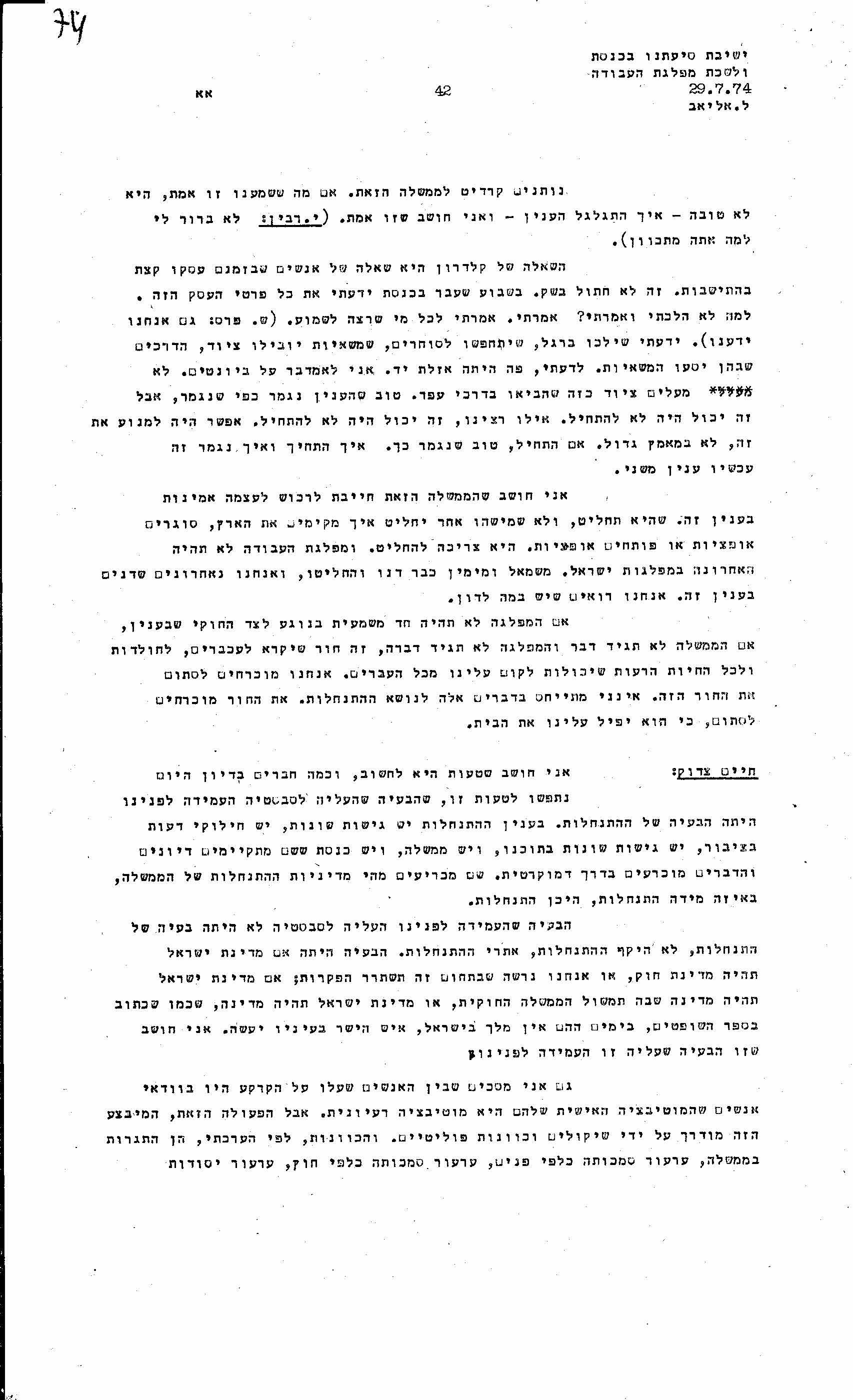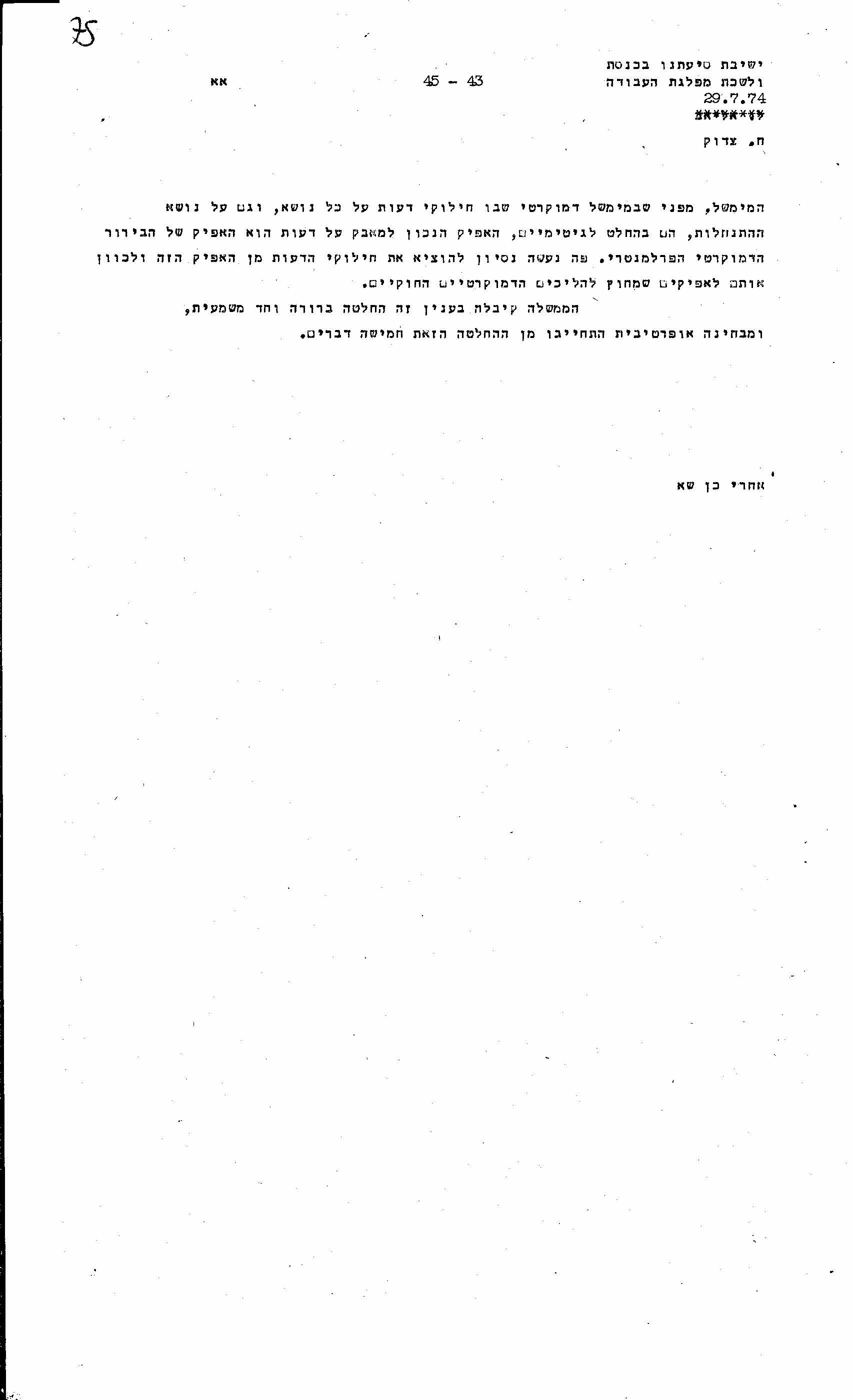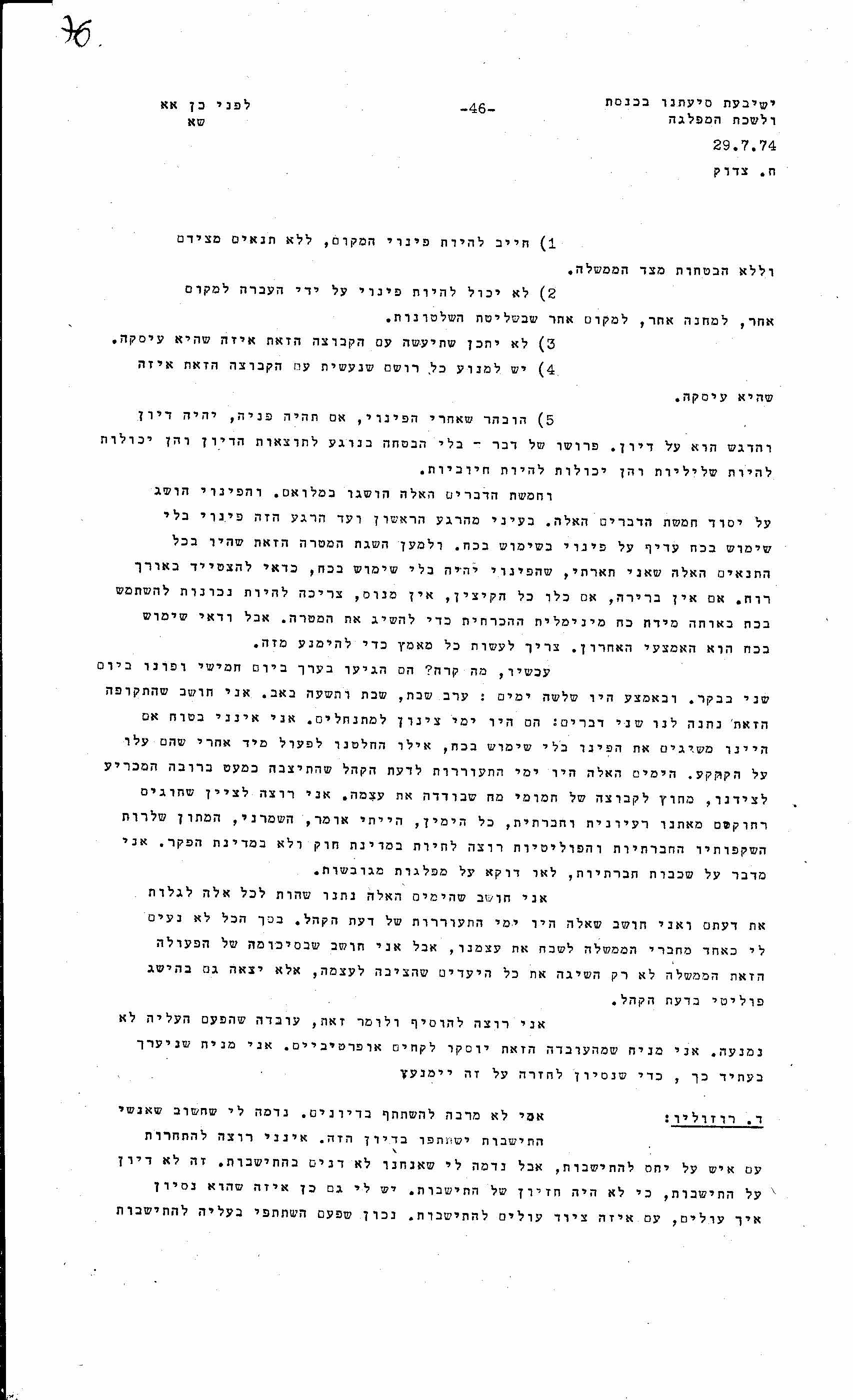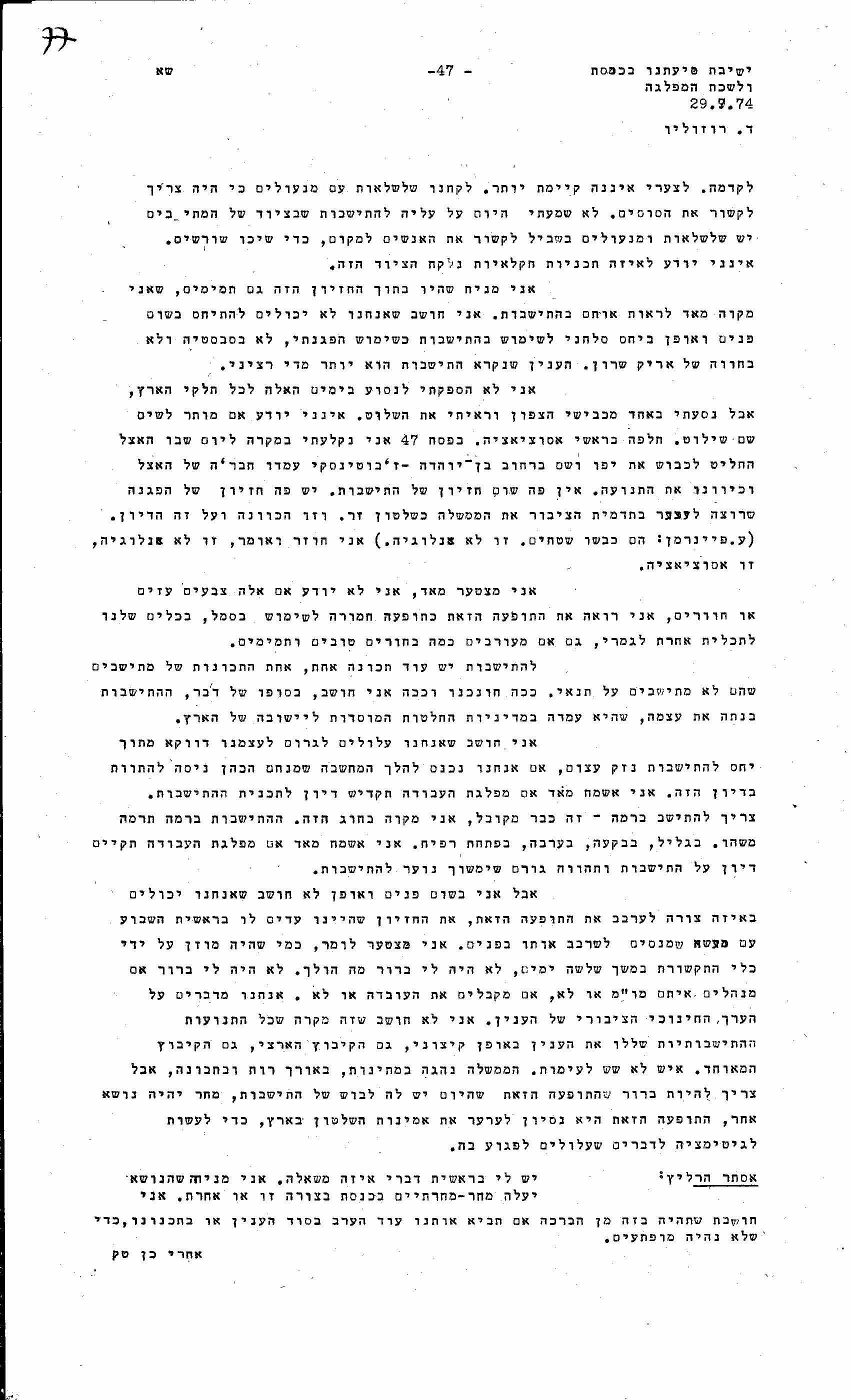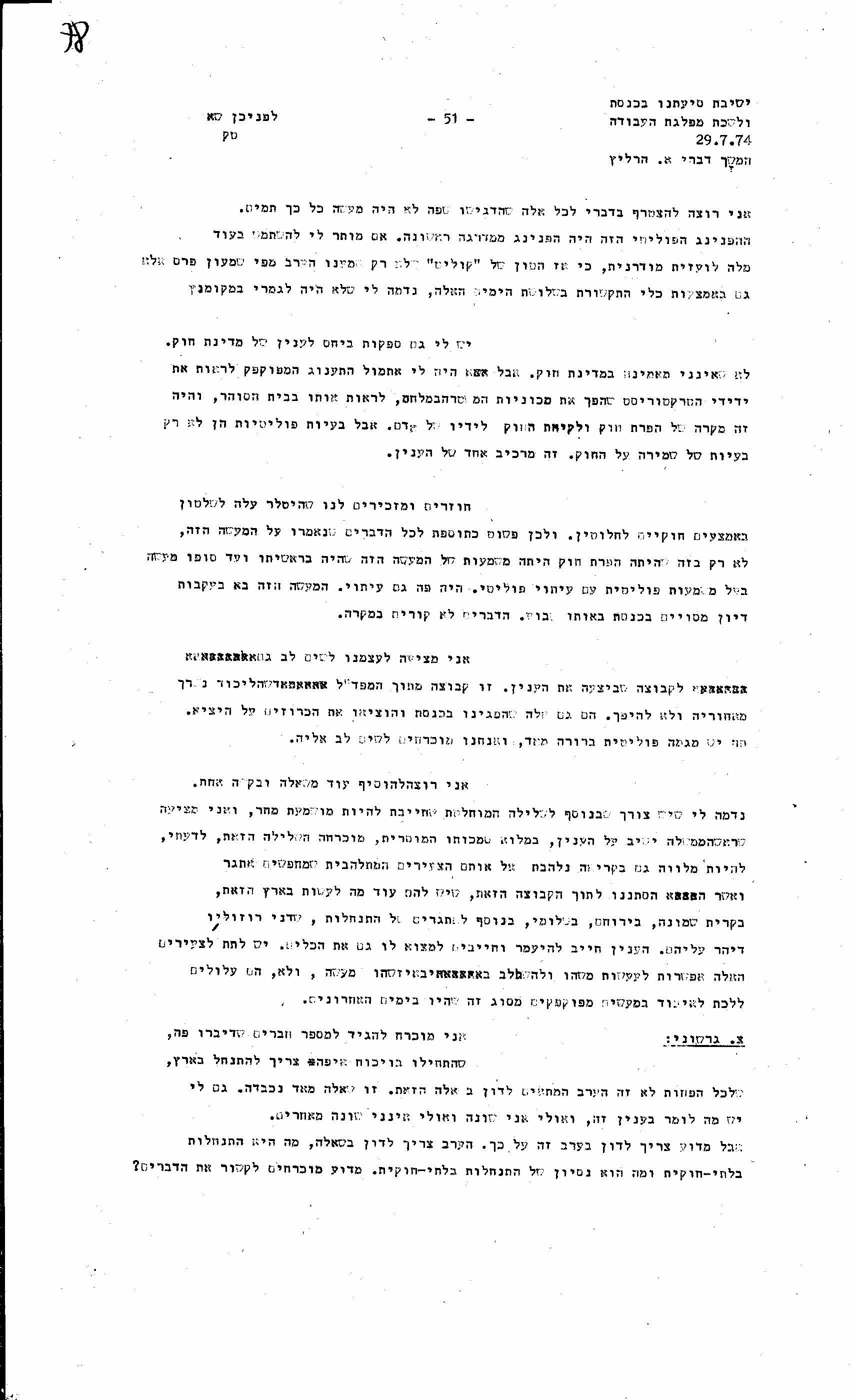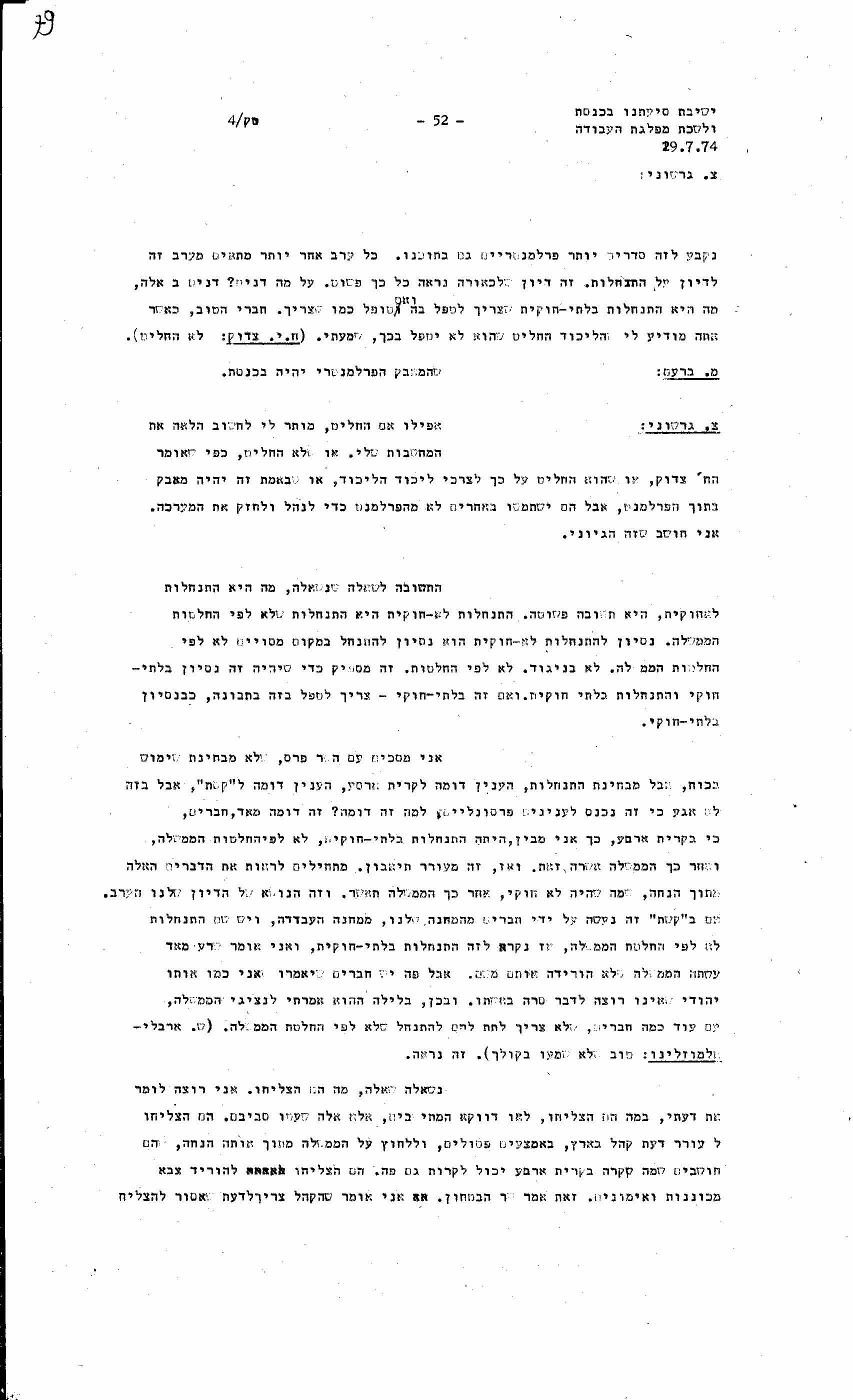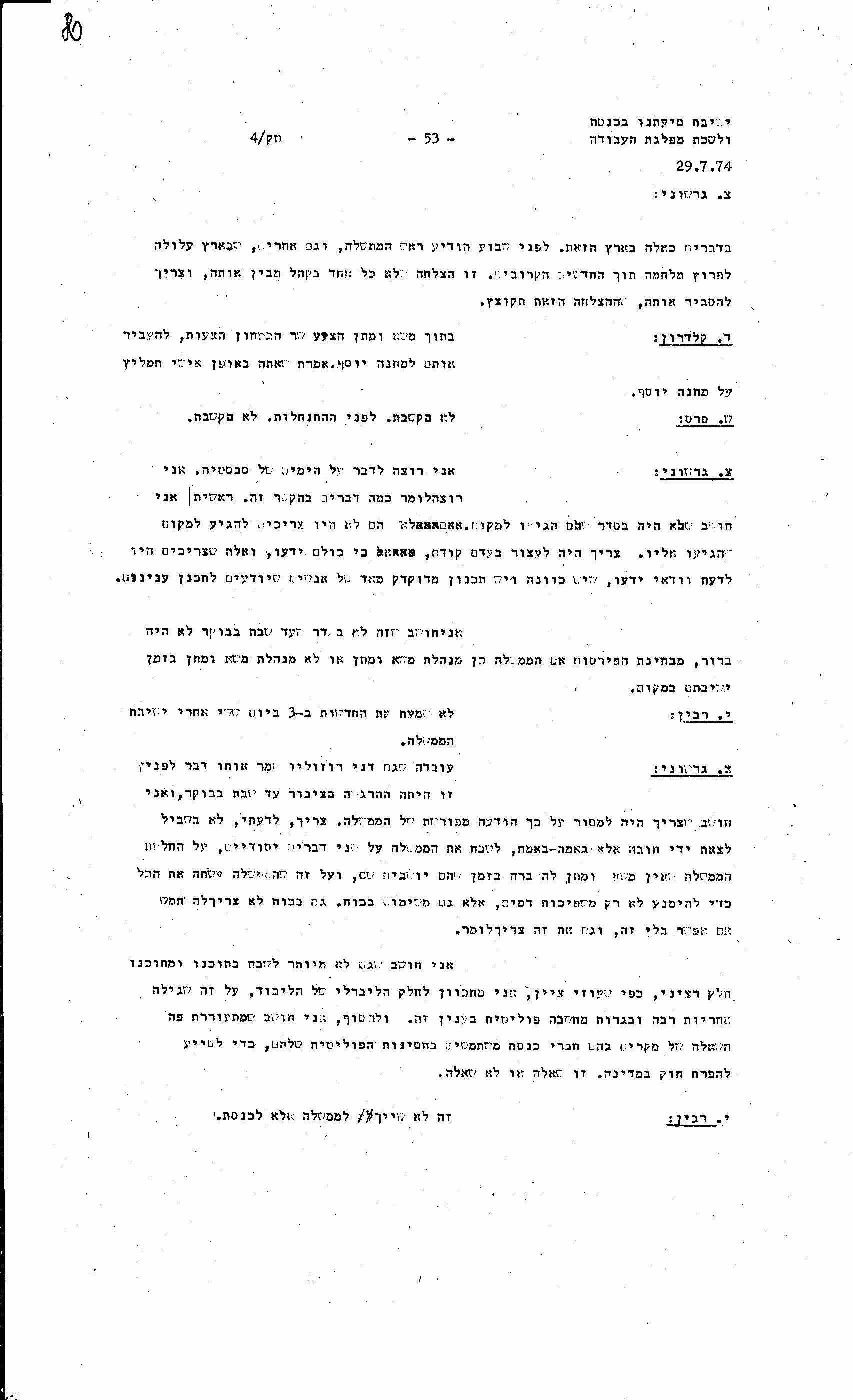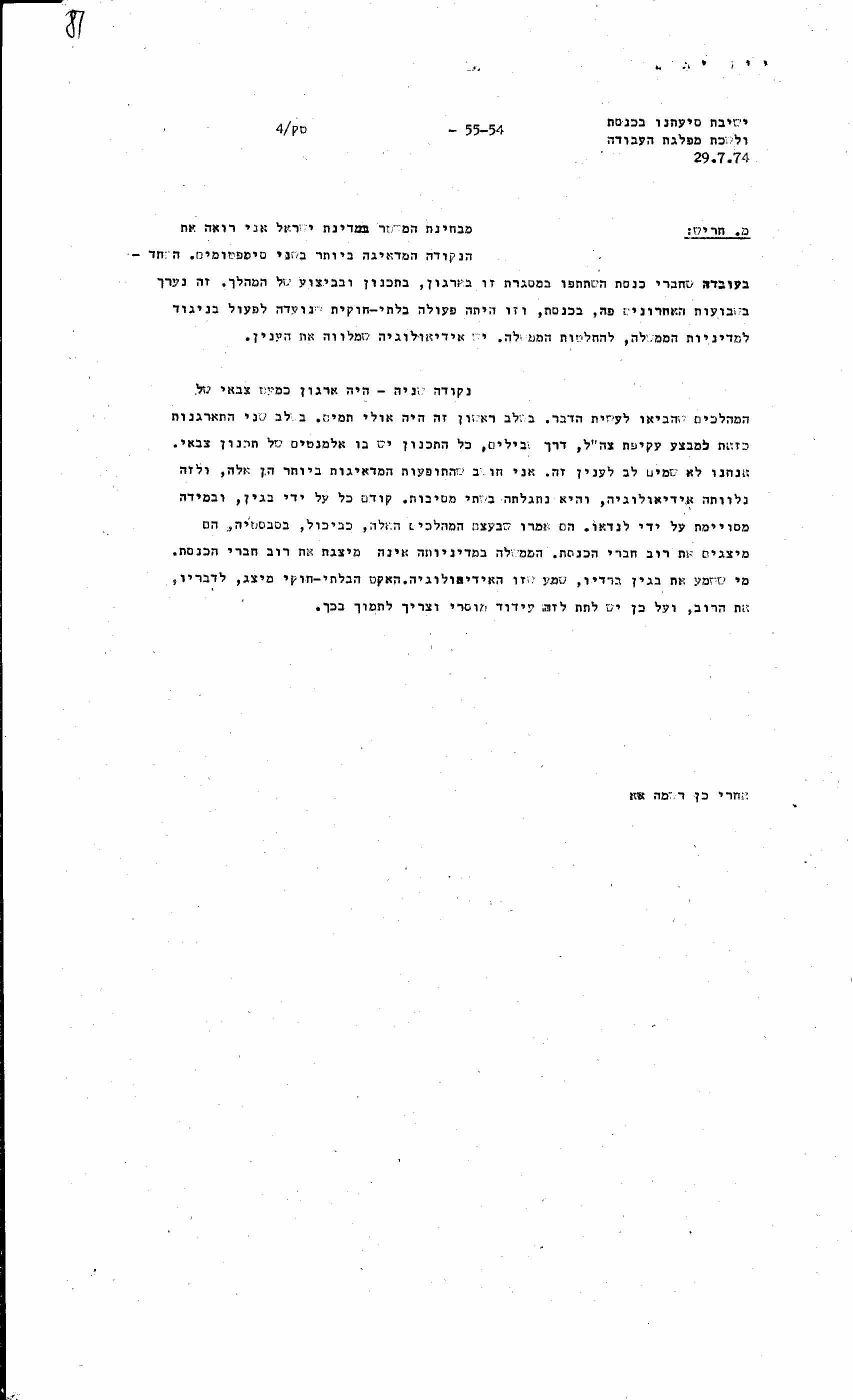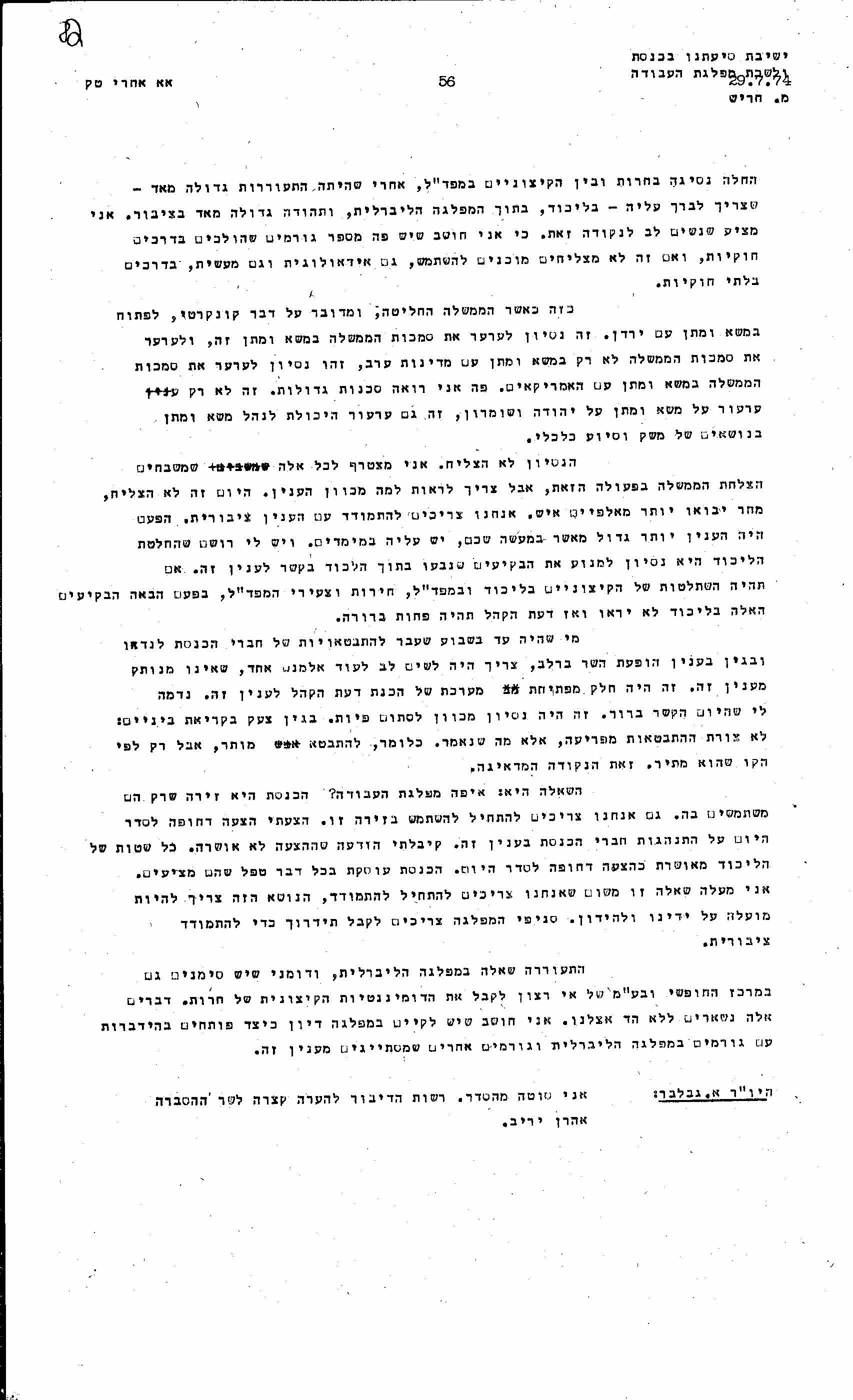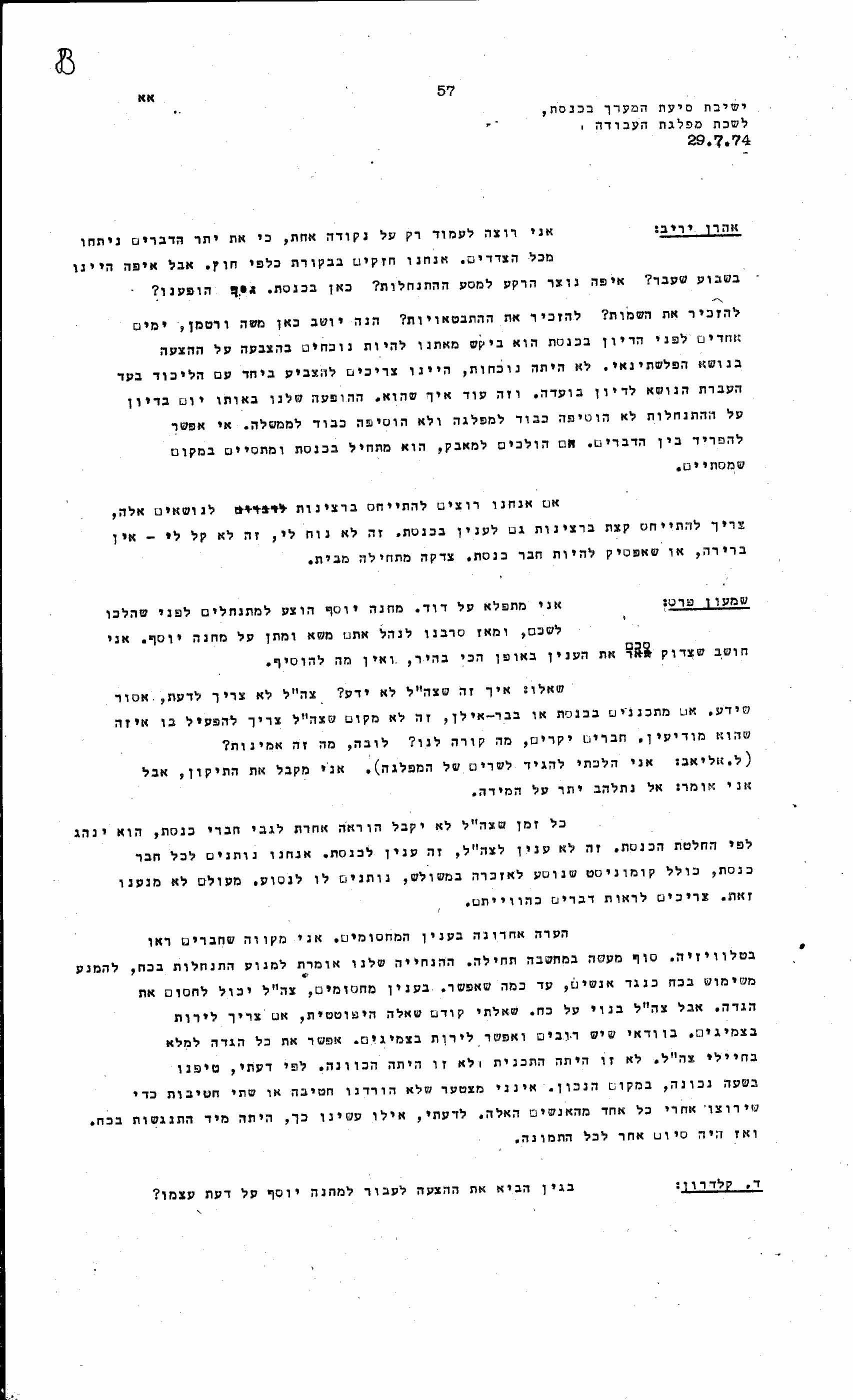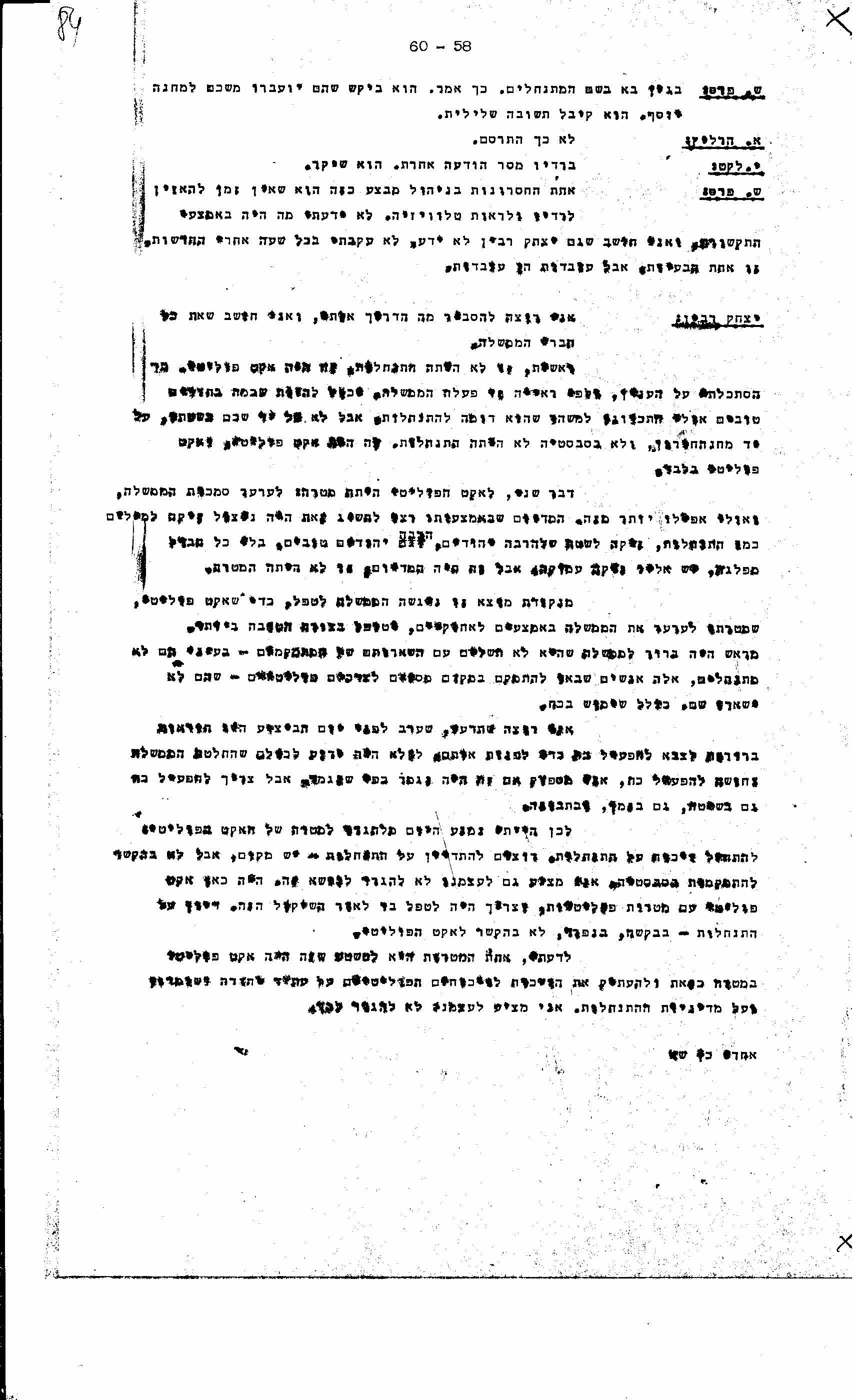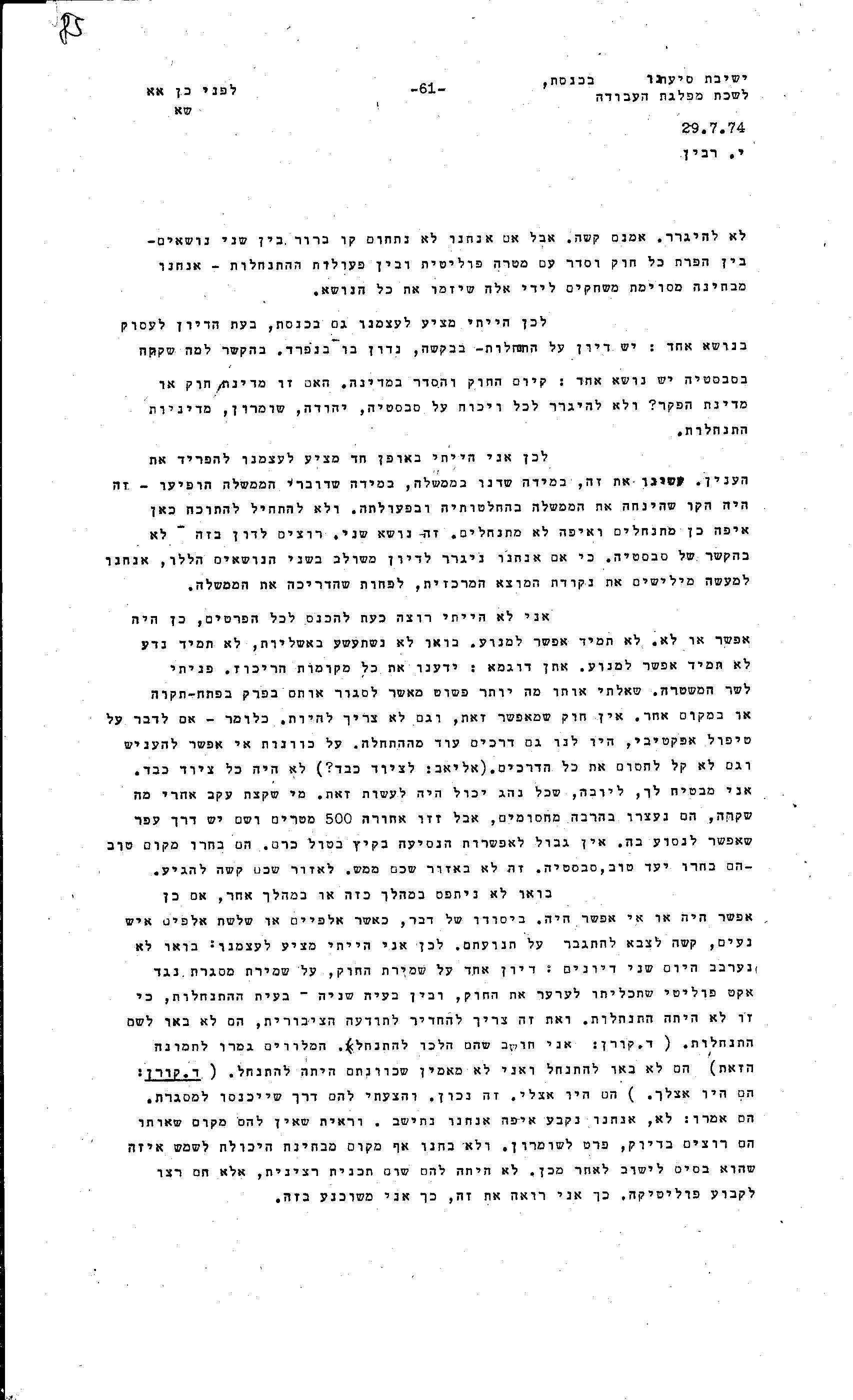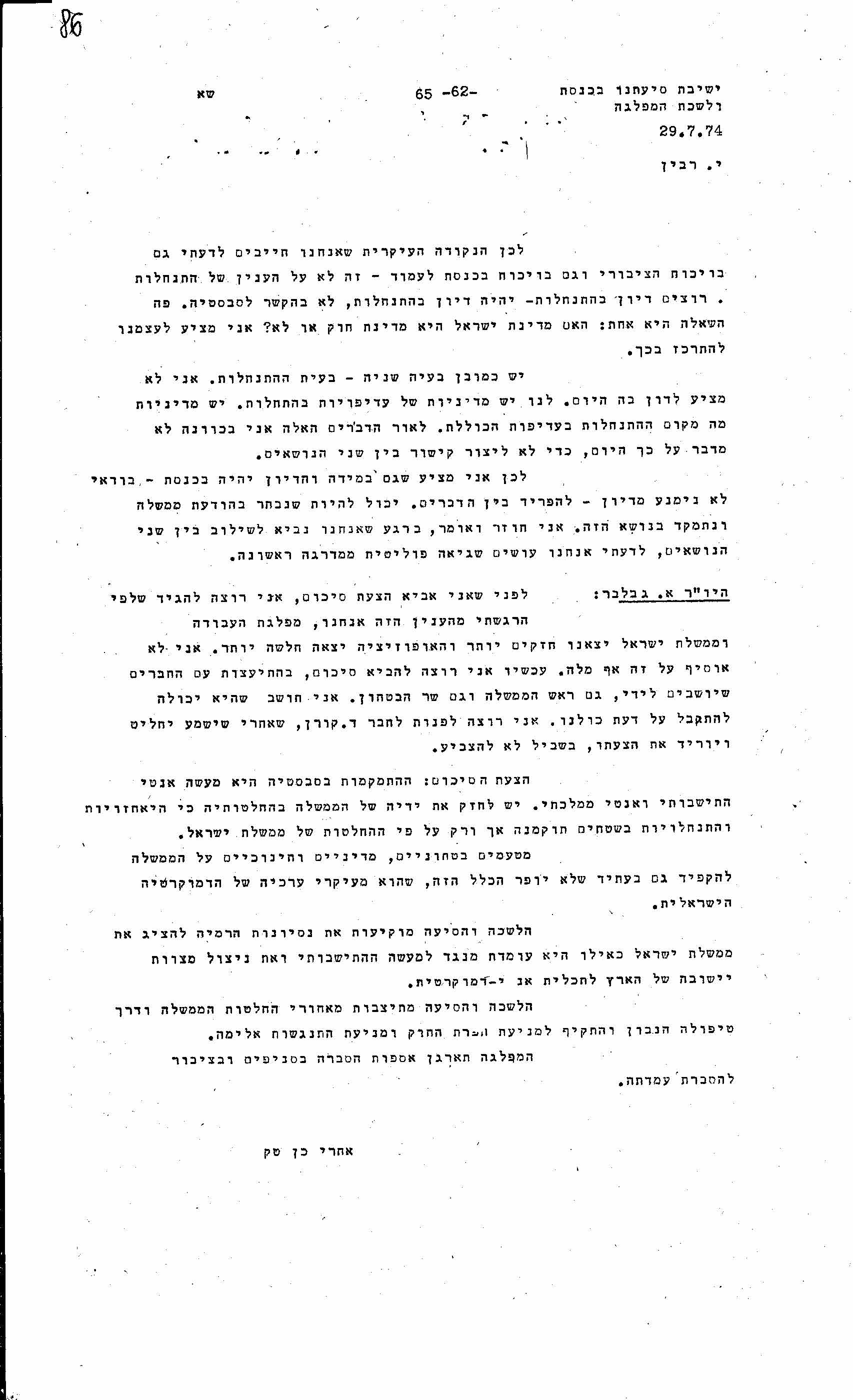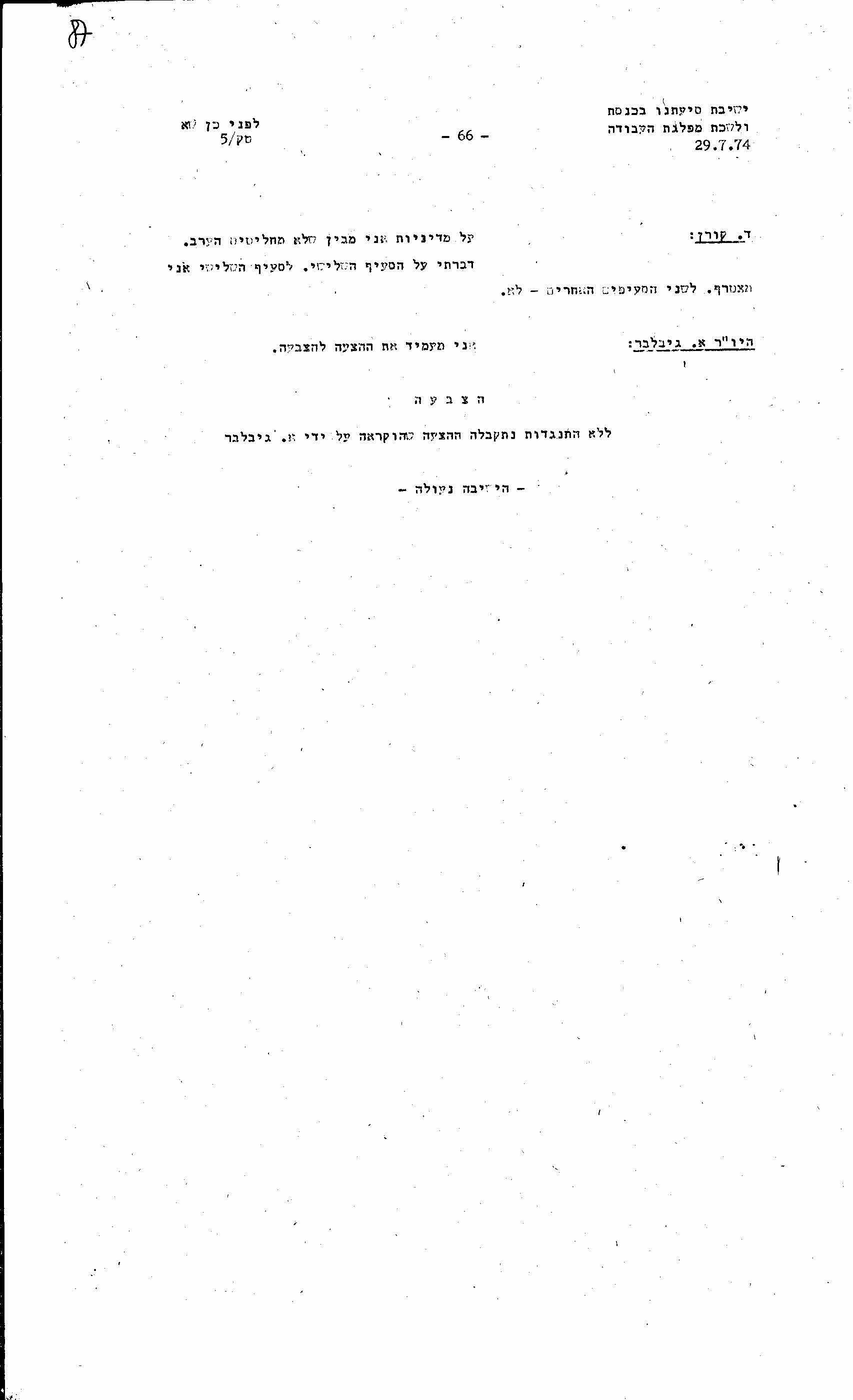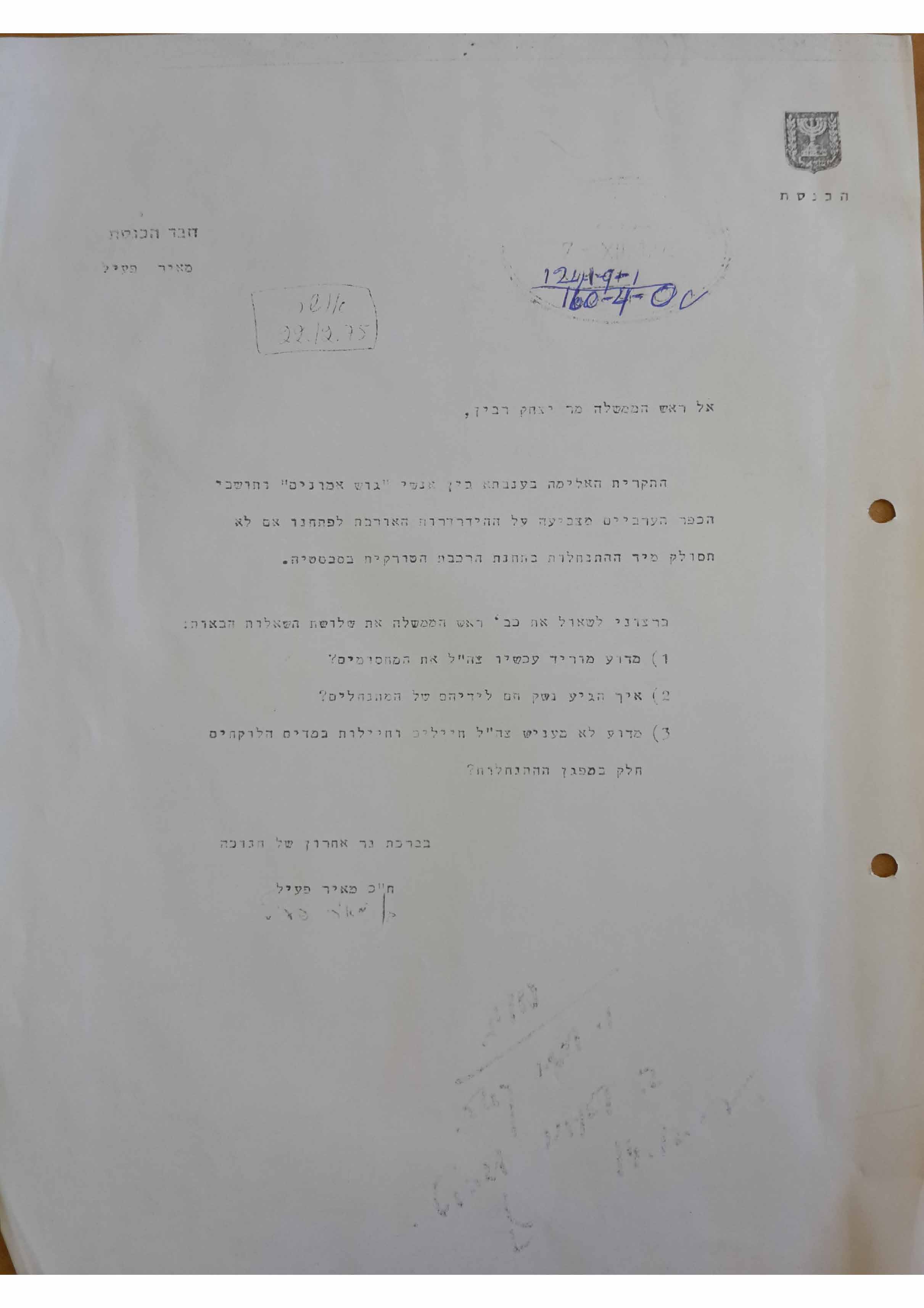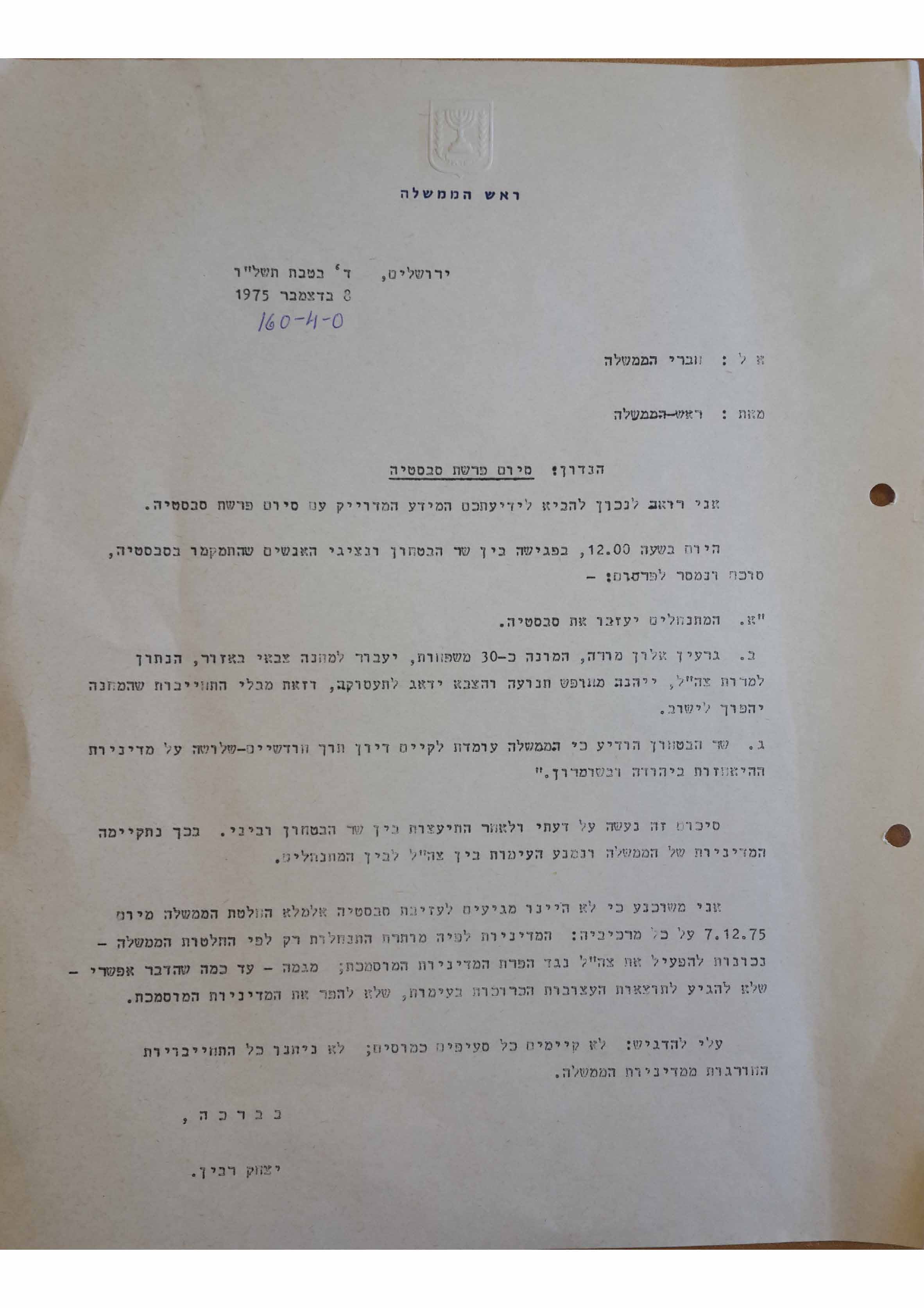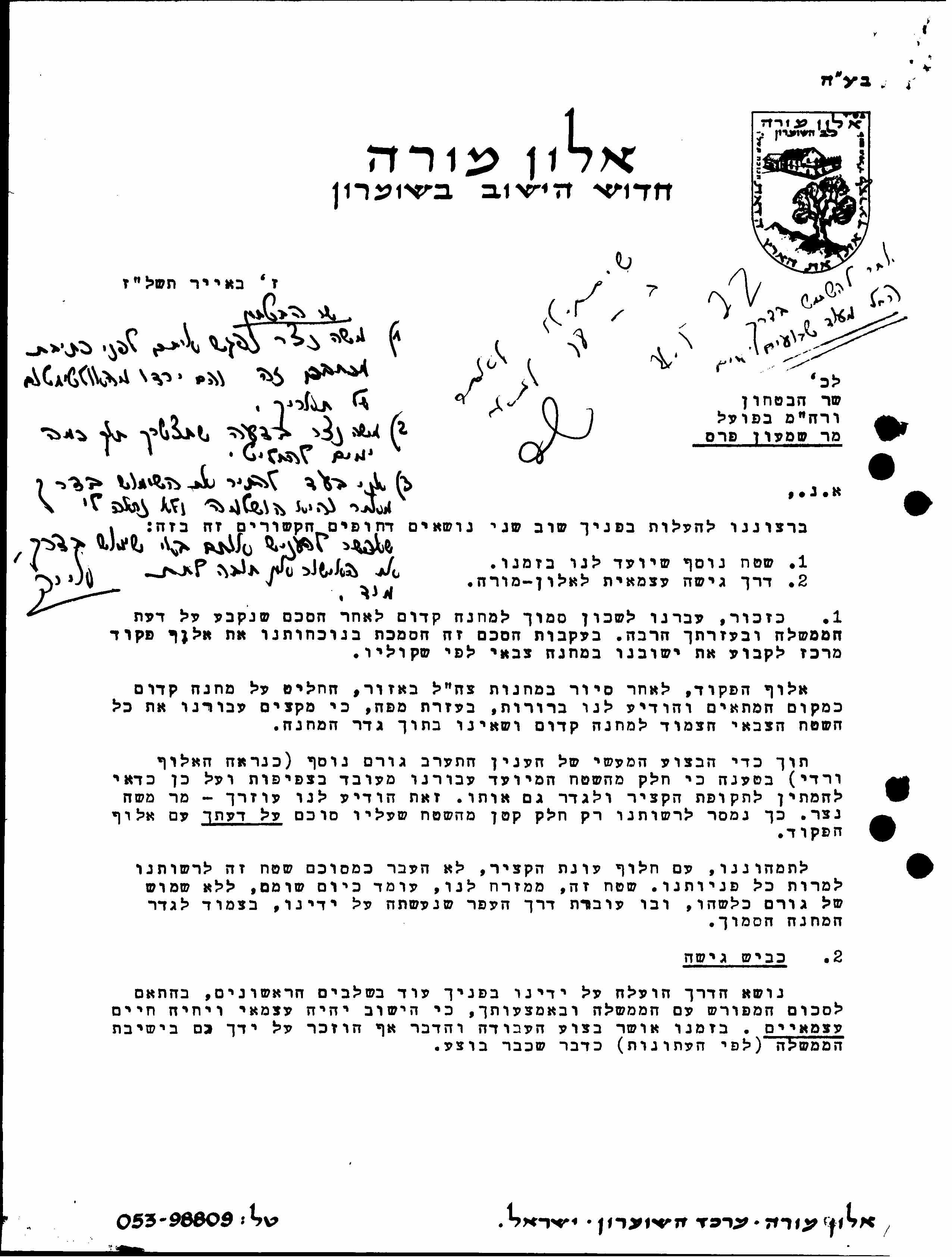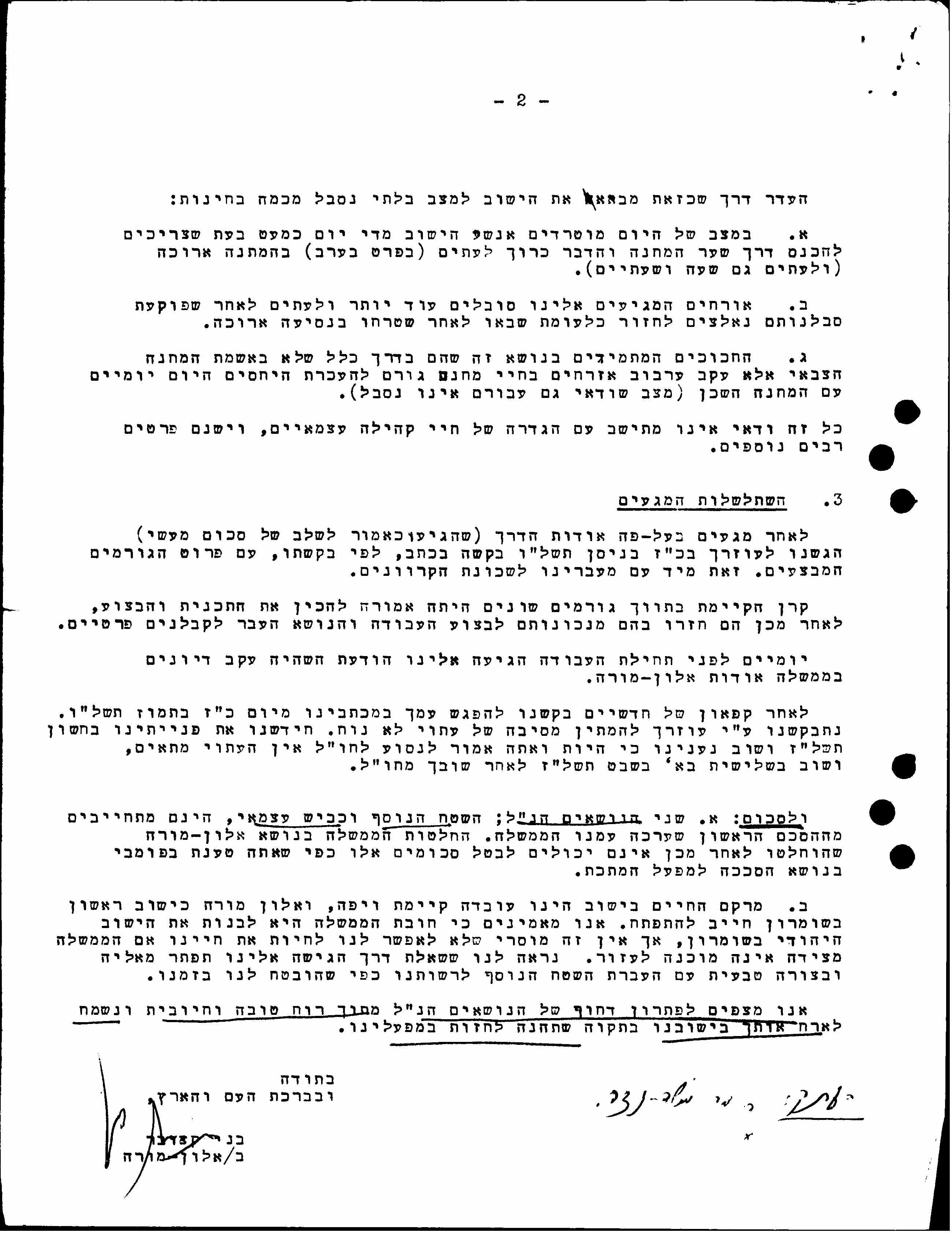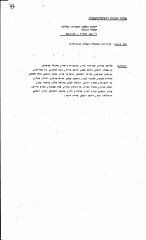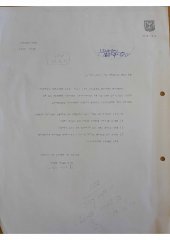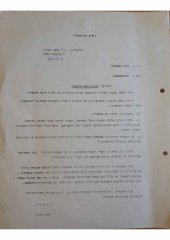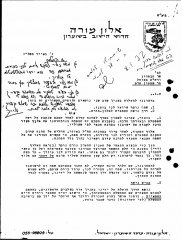Since mid-2011, residents of the Palestinian village of Qadum, which lies on the road between Nablus and Qalqiliyah, have been protesting the closure of the main road connecting their village to Nablus. The road was blocked when the settlement of Kedumim, located nearby, was expanded at the turn of the millennium. This expansion brought the road, once used by Palestinian residents, into the settlement, and ever since, residents of Qadum have had to take a detour that makes travel to Nablus longer. Word of this protest reached the ears of Minister of Defense in December 2019, but it was the Kedumim settlers who contacted him, demanding he take action to stop it. In their letter, Kedumim settlers described the nearly decade-long protests as “riots” and said they “disrupt normal life in many Kedumim neighborhoods.” As the history of this particular locale shows, some lives are disrupted more readily than others.
This settlement expansion was yet another chapter in the theft of Palestinian lands in the area. The settlement of Kedumim sits on land belonging to Qadum, which was seized by the military in the 1970s on alleged security grounds. The settlement grew over the years, swallowing up more of Qadum’s lands. Israel’s embrace of the settlers today continues a longstanding policy towards Kedumim – the first Israeli settlement in Samaria after the 1967 War.
Kedumim was built in December 1975 as an outpost inside the military base of Kadum, located near the Palestinian village of the same name. The settlement was established as a compromise between the Israeli government and members of Gush Emunim (an extra-parliamentary right-wing organization that advocated Israeli settlement in the occupied territories), after several attempts by the latter to establish a Jewish settlement at the defunct Sebastia train station, near Nablus. The months of repeated settlement attempts followed by evacuations were a trying time for Israeli policymakers – especially inside the ruling Party (known in Hebrew as Maarach, a union between the Labor Party and United Workers Party, Mapam). Views about the position the party and the government should take on settlement in the occupied territories turned out to be extremely polarized. A long session devoted to the settlement of Sebastia revealed contradictory views on the issue of settlement in the occupied territory within the party. Yitzhak Ben Aharon, for example, thought Minister of Defense Shimon Peres’ soft handling of the attempt to settle Sebastia in July 1974 fueled continued illegal activities by Gush Emunim.
After eight attempts by Gush Emunim to establish a settlement at the Sebastia train station (and subsequent evacuations), a compromise was finally reached on December 7, 1975. The government and the settlers agreed that the thirty families making up the Elon Moreh Group would move into the nearby military camp and leave Sebastia. Prime Minister Yitzhak Rabin told his ministers that members of the group would have “freedom of movement, and the military would give them work, without making any commitment that the camp would turn into a settlement.” This decision laid the groundwork for the establishment of the settlement.
MK Meir Pa’il of Moked Party saw what was coming. Two days earlier, he sent a letter to Prime Minister Rabin following a violent altercation between Gush Emunim activists and residents of the Palestinian village of ‘Anabta, located east of Tulkarm. Pa’il cautioned that, “an escalation is afoot if the settlement in the Ottoman train station in Sebastia is not removed immediately.” Pa’il asked how settlers got hold of firearms and why the military did not punish uniformed soldiers “who took part in the settlement spectacle.” Pa’il’s letter changed nothing. The Elon Moreh Group settled in the military camp and set about establishing a civilian community on the site.
Some 18 months later, in April 1977, the settlers wrote to Minister of Defense Shimon Peres, complaining about two sections in the Sebastia evacuation compromise agreement that had not yet been fulfilled. First, the settlers noted, that in discussions about settling inside the military camp, the commander of the area, “clearly informed us, with the aid of a map, that we would be allocated the entire military area adjacent to the Kadum camp and located outside the camp’s fence.” Part of the area promised to the settlers was, at the time, “densely cultivated,” and therefore, a decision was made to “wait for the harvest and then fence it in.” The Elon Moreh Group did not mention in its letter who was cultivating the farmland they had been promised. Neither they nor the government and military officials who promised them the land found any need to consider the lives and livelihoods of the local villagers who farmed in the area.
The other complaint the settlers made related to a promise for an independent access road that did not traverse the military base, which had yet to be fulfilled. The delay in the road construction, they highlighted in the letter, disrupted their lives and inconvenienced their visitors. A handwritten note on the letter, inserted by an unknown person in the defense minister’s office, which received the settler’s letter, said that “the settlers have pulled back their ultimatum with regards to the date.” Another note clarified the settlers would be allowed to use a road that went around the base within two weeks.
The settlement in the Kadum military camp eventually became the settlement of Kedumim. It was the first in a long list of settlements Israel built in Samaria, despite the government’s hesitation to expand settlements into this area in the early years of the occupation, and despite Prime Minister’s proclamations, at least in public, that he did not guarantee “the camp would turn into a settlement.”
The transcripts document an in-depth discussion on the issue of settlements by the heads of the ruling Party (known in Hebrew as Maarach, a union between the Labor Party and United Workers Party, Mapam), following the actions of Gush Emunim and attempts by its activists to establish a settlement in Sebastia. The transcripts laid out the various, conflicting positions of Alignment members on the question of settlements in the occupied territories in general and the activities of Gush Emunim in particular. Statements were made by Prime Minister Yitzhak Rabin, Minister of Defense Shimon Peres, Minister Israel Galili, MKs Yitzhak Ben Aharon, Yossi Sarid, Yehiel Leket and others.
MK Meir Pa’il (Moked Party) contacted the prime minister with regard to the attempted settlement at Sebastia. He referred to a violent altercation between Gush Emunim activists and residents of the Palestinian village of ‘Anabta, noting that it was a harbinger of things come if Gush Emunim continued to operate in the heart of the Palestinian territories. Pa’il also asked the prime minister how the settlers got hold of firearms and why uniformed soldiers who aided this “settlement spectacle” were not punished.
In this letter, Prime Minister Rabin informs his government of the “end of the Sebastia affair.” He reports about the meeting Minister of Defense Shimon Peres had with the settlers and the compromise that was made, after, Prime Minister Rabin notes, he and Peres consulted. This was meant as a response to chatter that Minister Peres’ compromise agreement with the settlers went against government policy not to allow unauthorized settlements. Rabin assured his ministers that the compromise was congruent with government resolutions, adding: “I must stress: There are no secret clauses. No assurances exceeding government policies have been given”.
In his letter, Beni Katzover, the Kedumim settlers’ representative, complained that lands promised to the settlers as part of the “Sebastia affair” had yet to be handed over to them. The lands in question were located outside the military camp where settlers had been allowed to take up residence and were “densely cultivated,” as Katzover himself described it, by villagers from the area. This fact, as it emerges from the document, did not appear to stop the military and Minister of Defense Peres from designating these lands for the settlement. Katzover also cautioned in his letter that the settlement’s access road ran through the main entrance to the camp, which was an inconvenience for the settlers and their visitors and made it difficult for them to go about their daily business. Katzover asked for a bypass road that did not go through the camp. A handwritten inscription on the document notes the office of the ministry of defense approved the request to use a different road.

